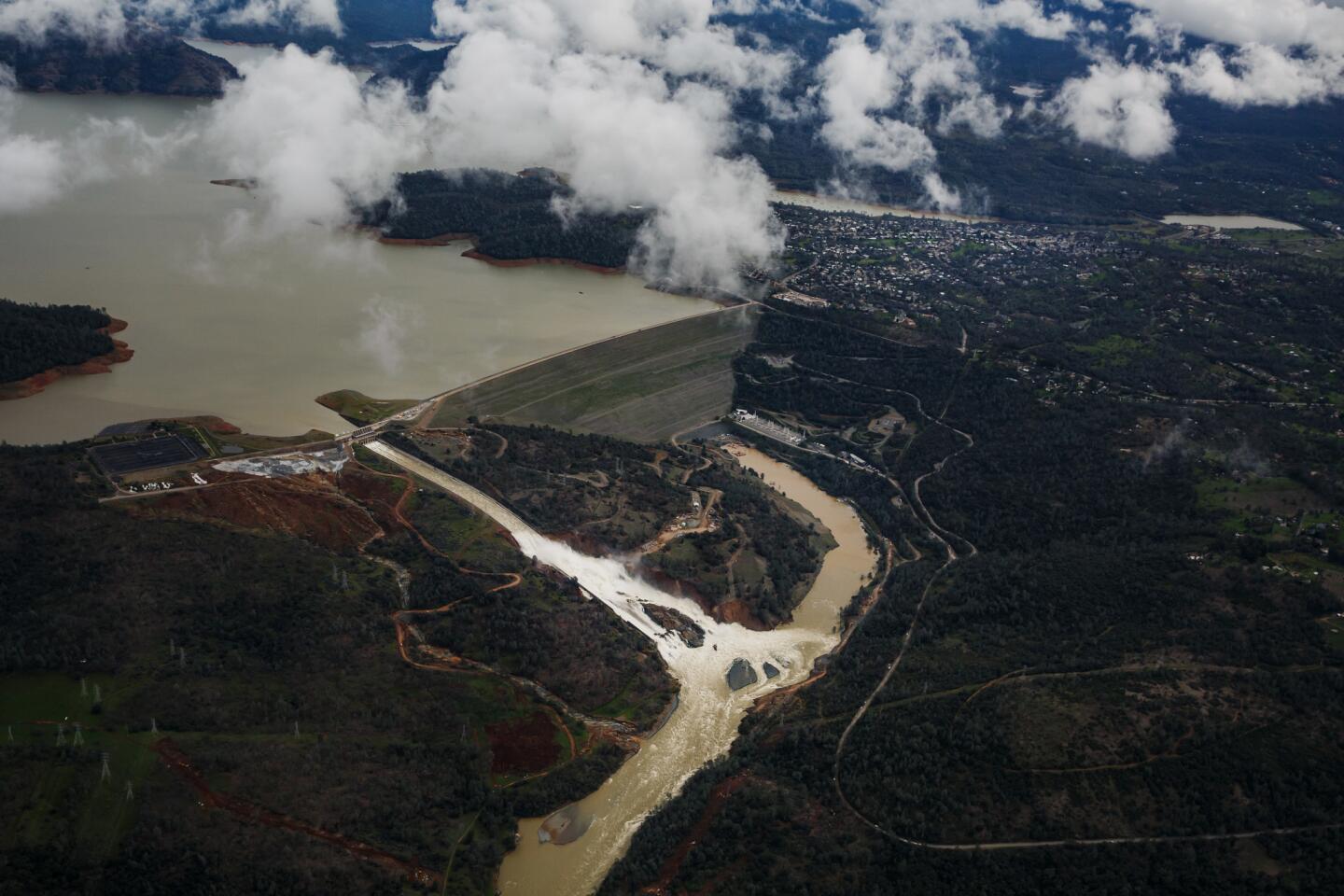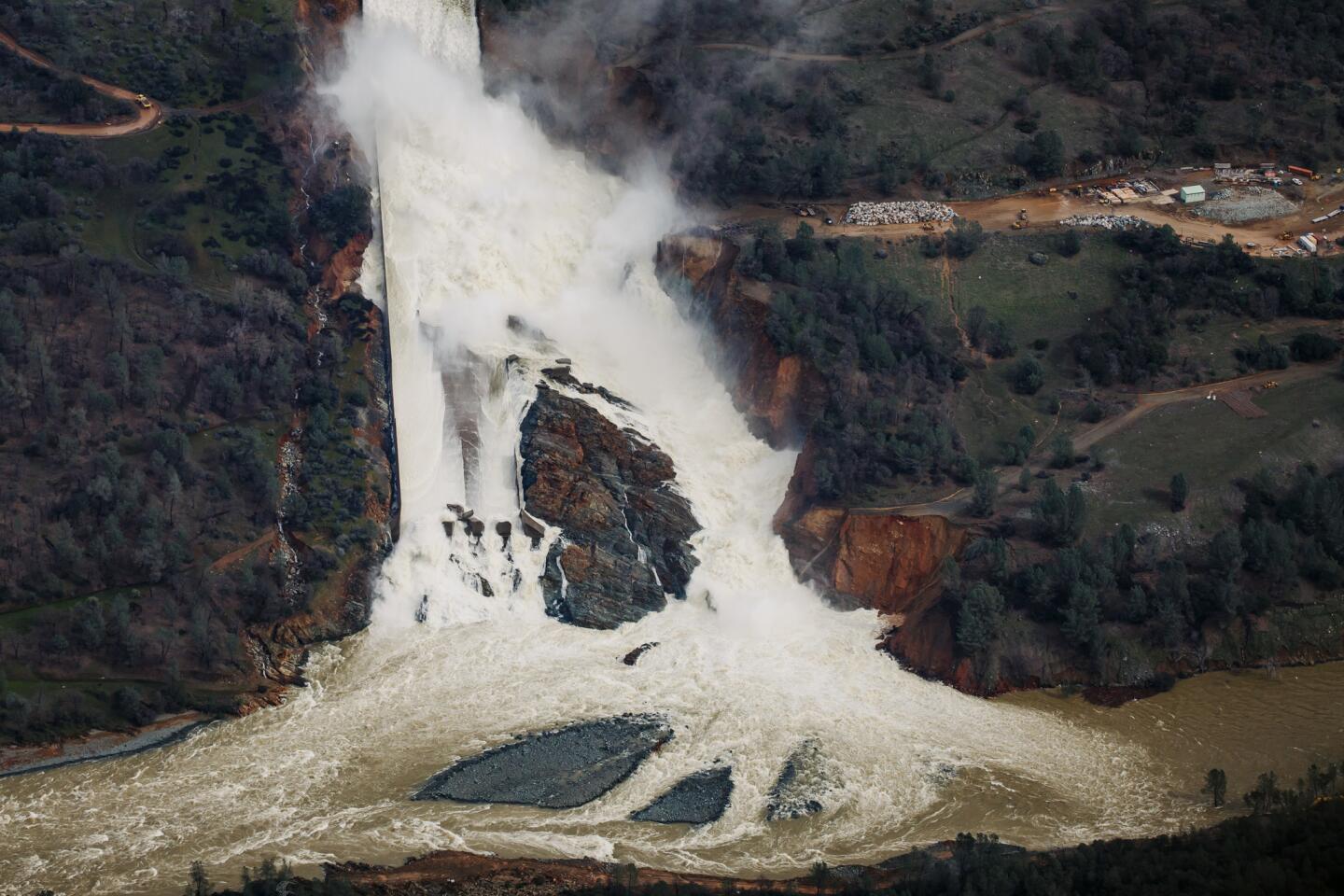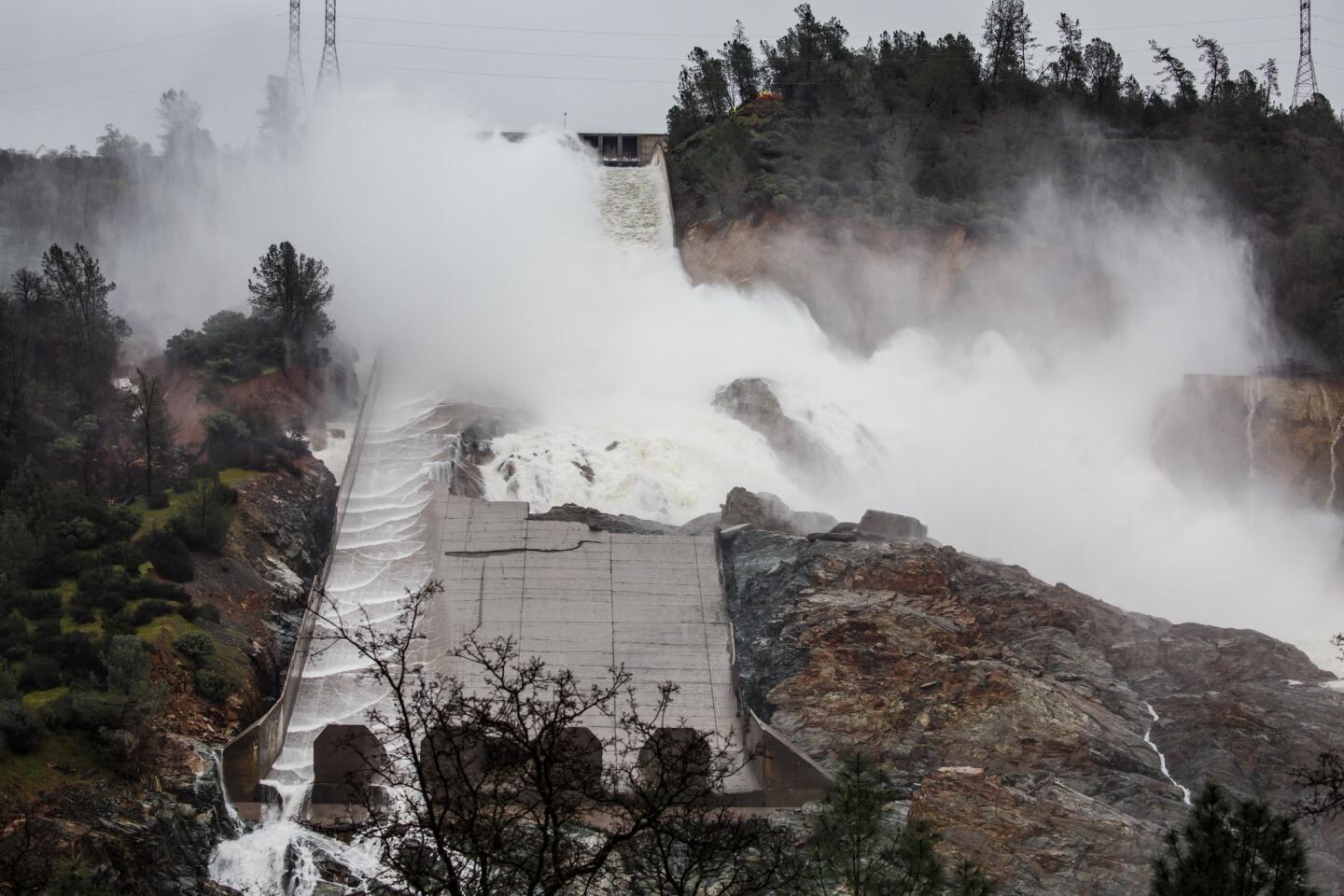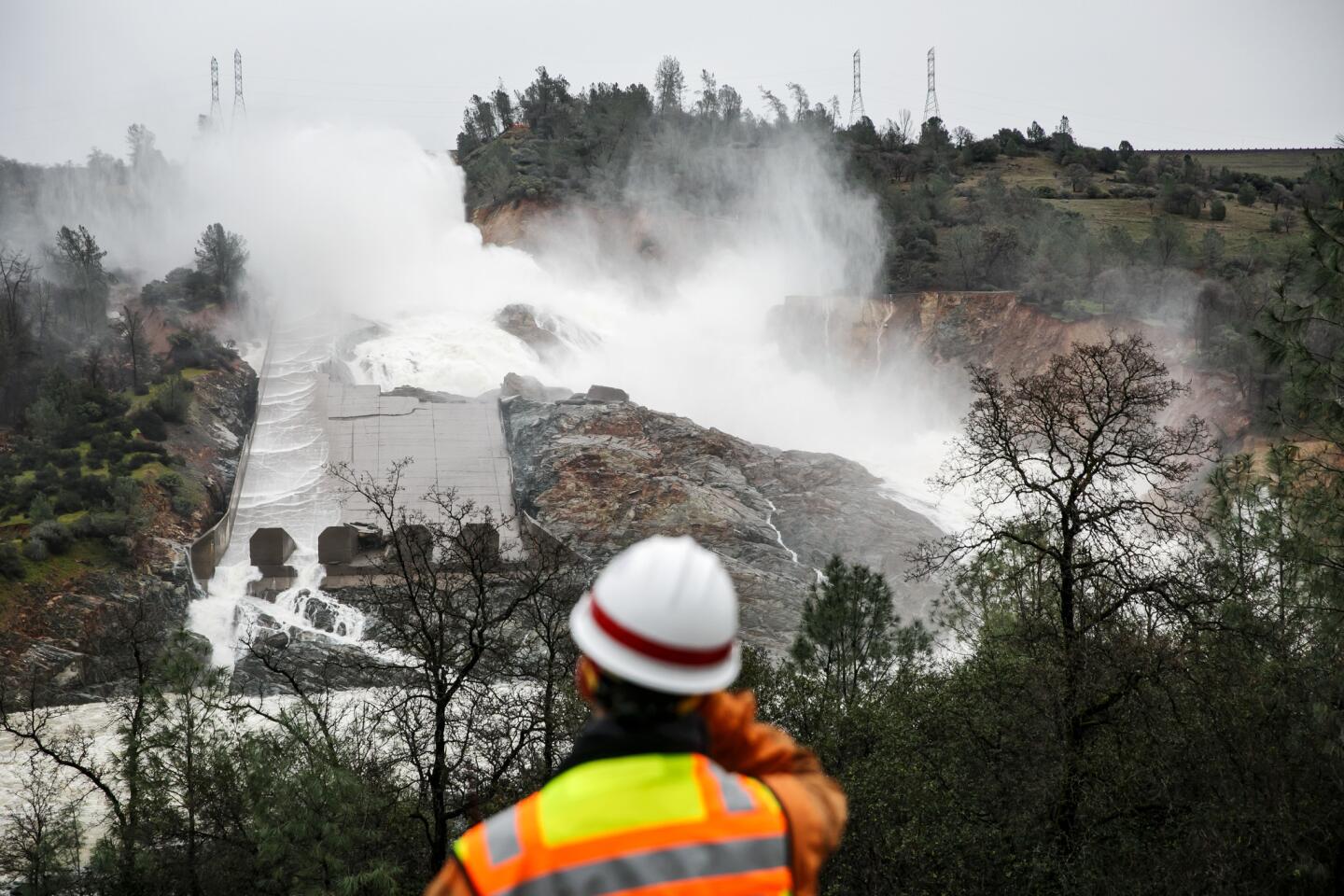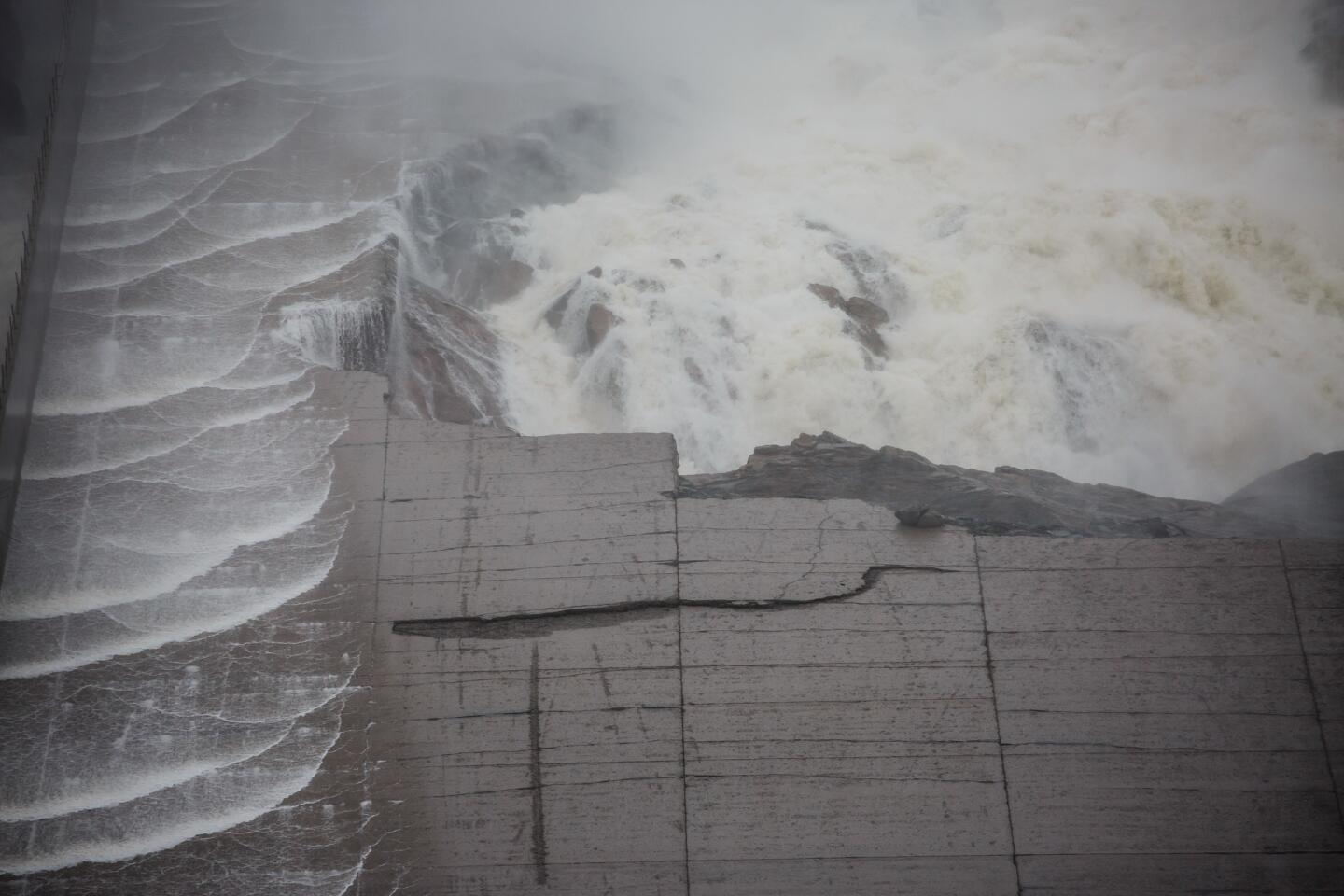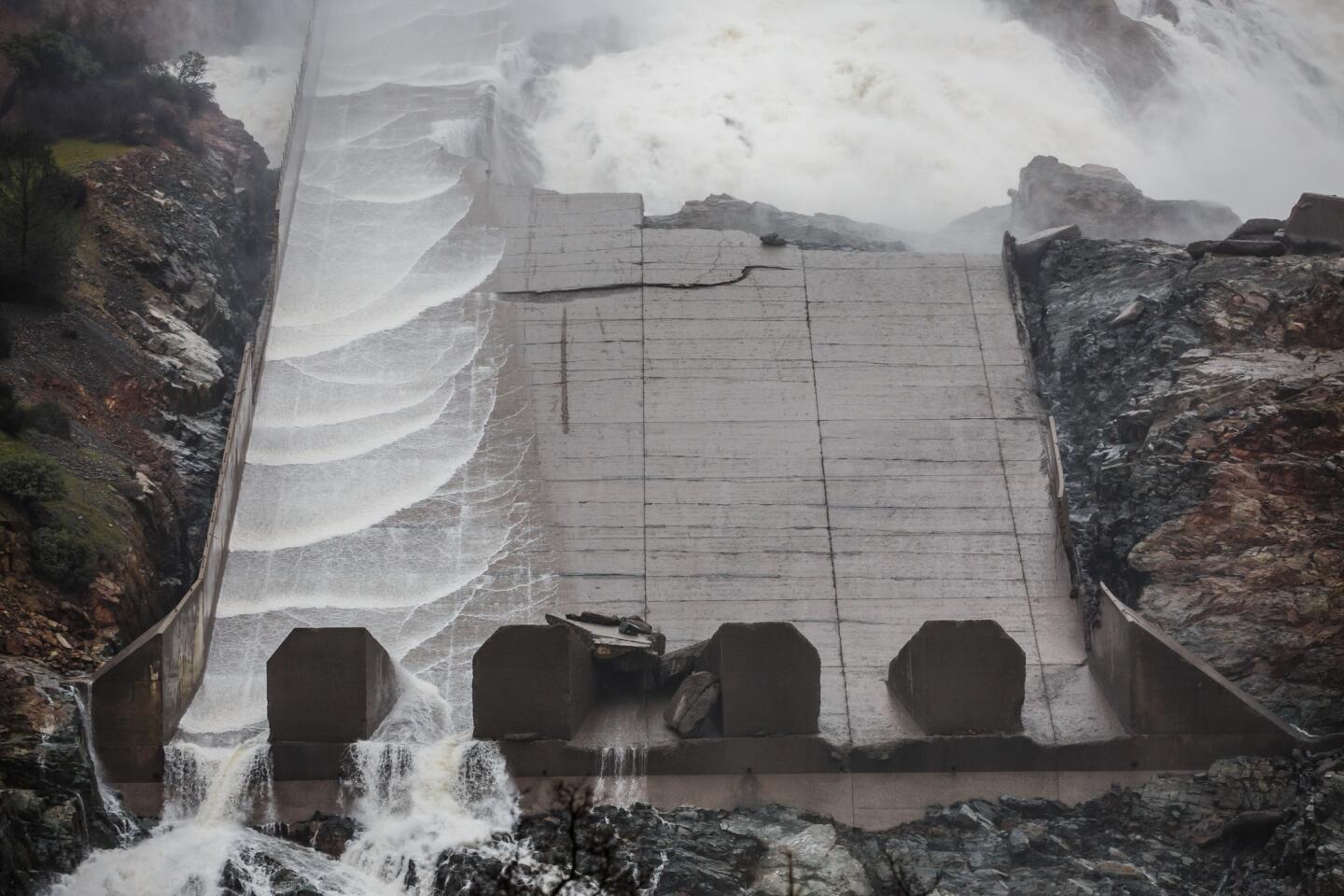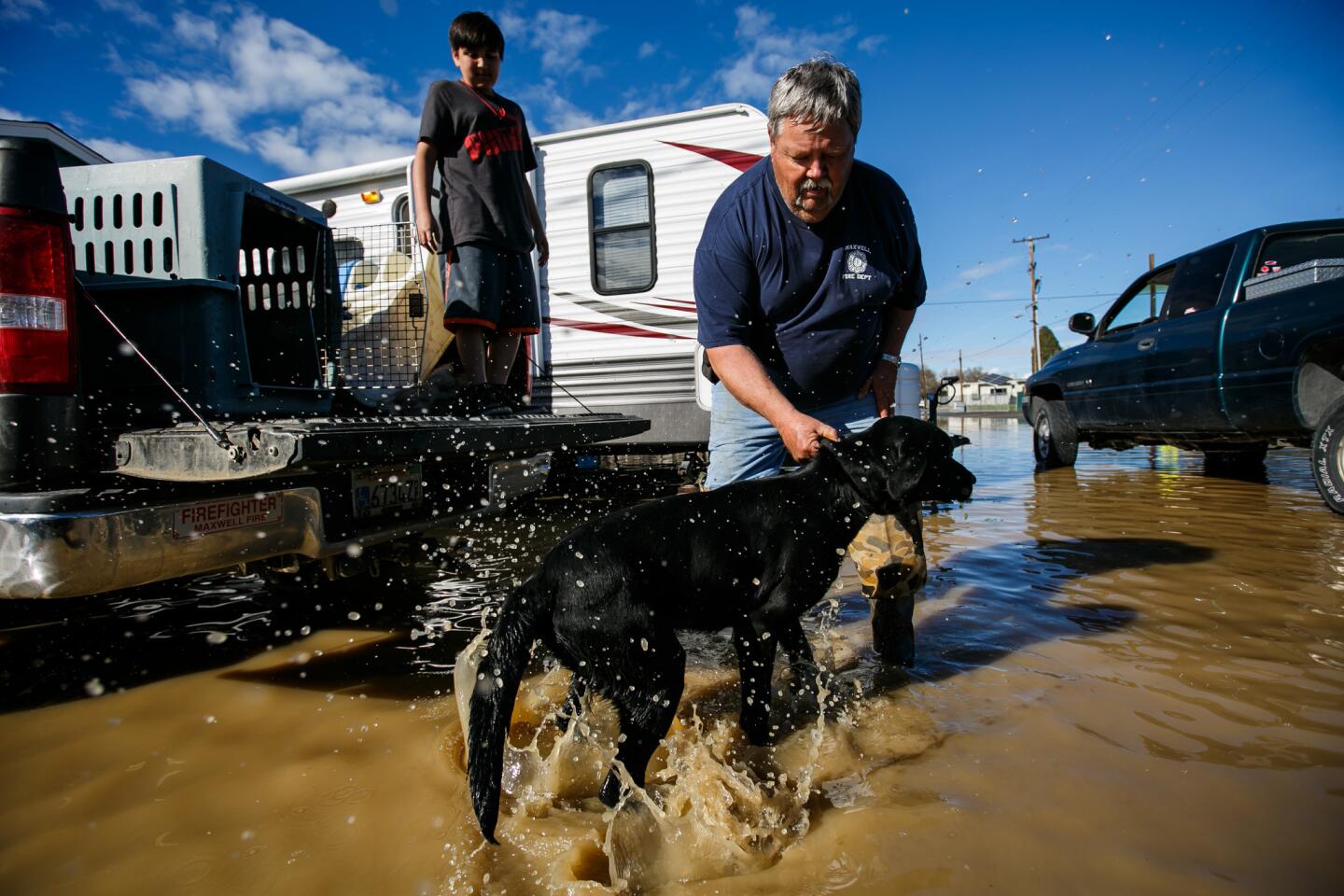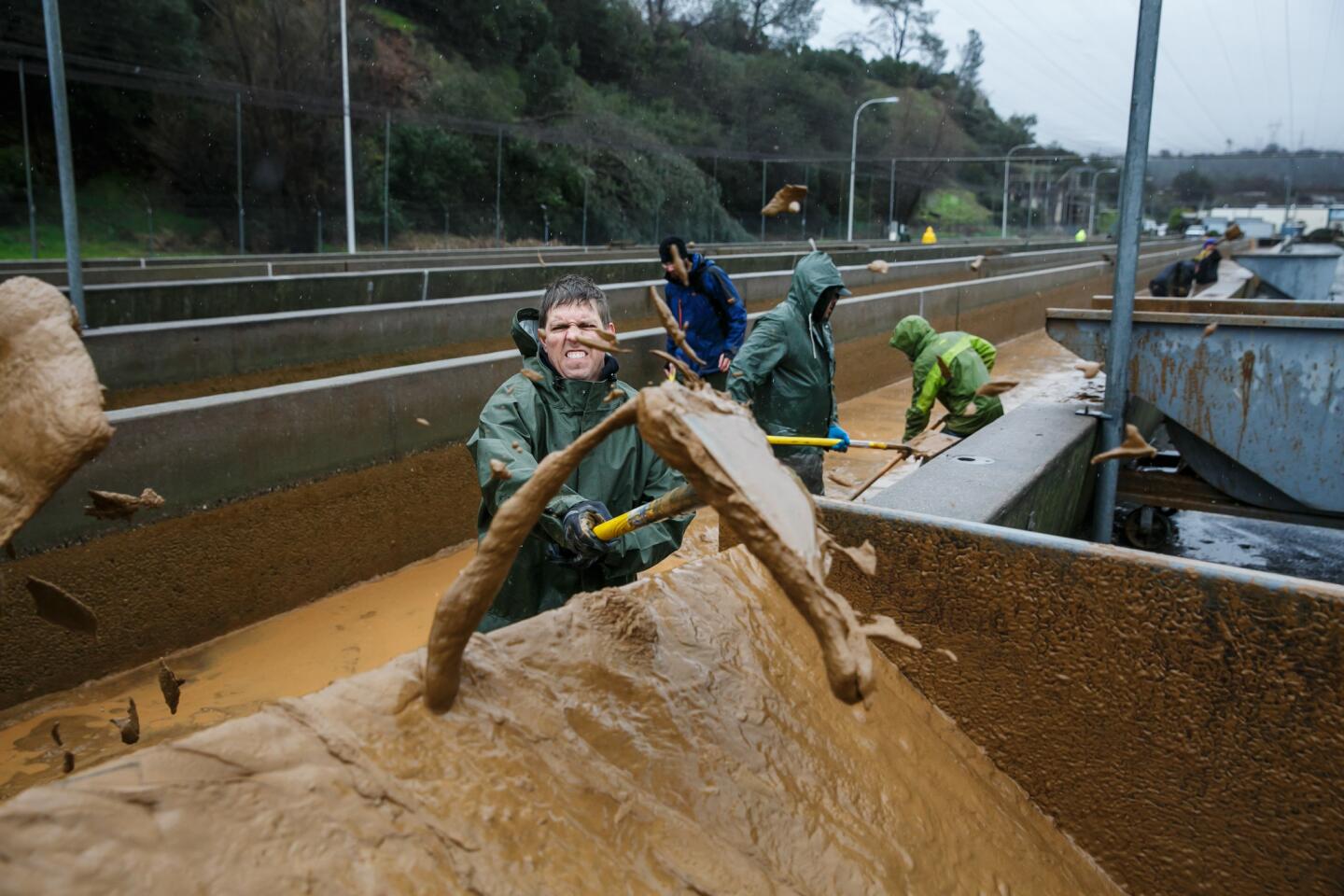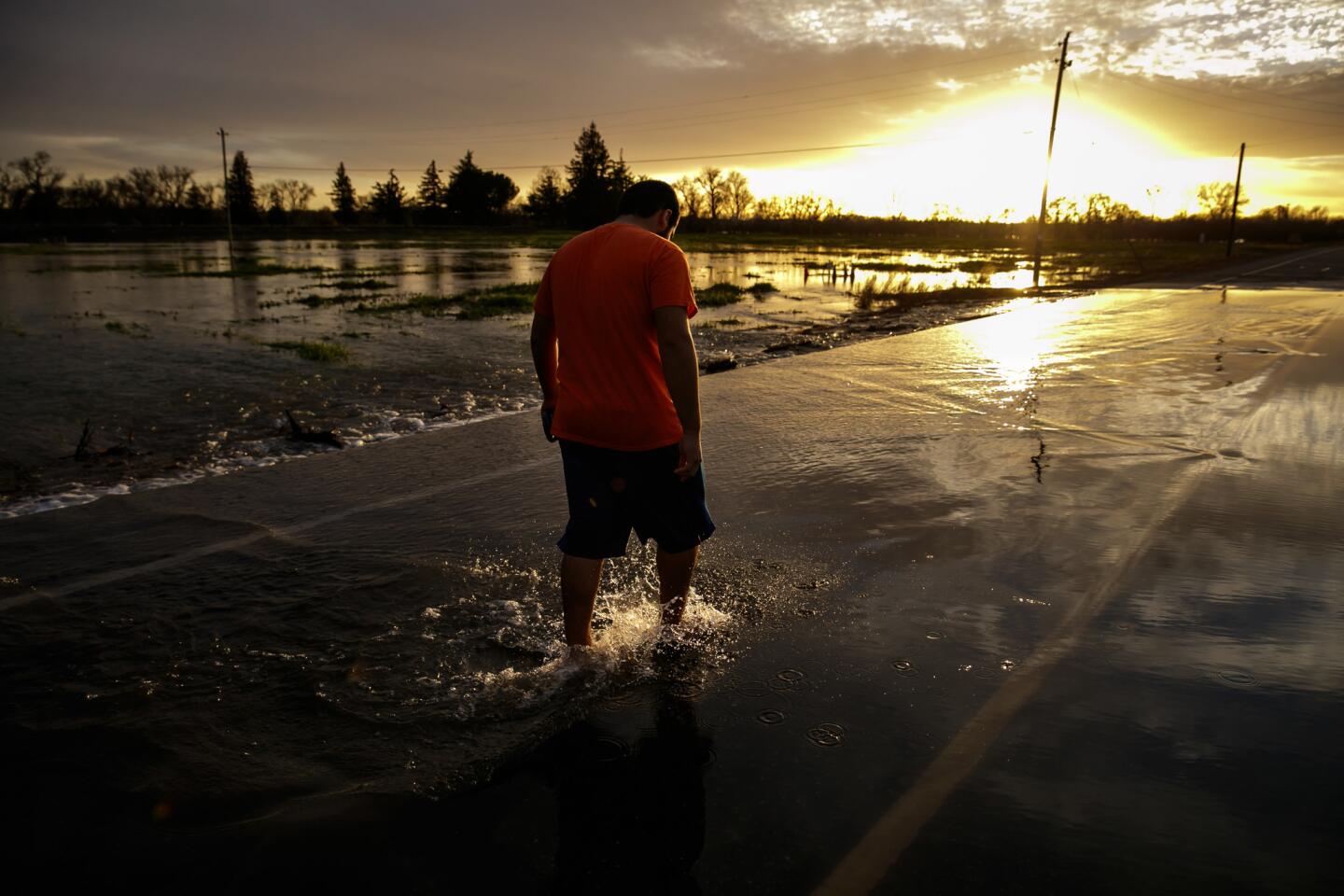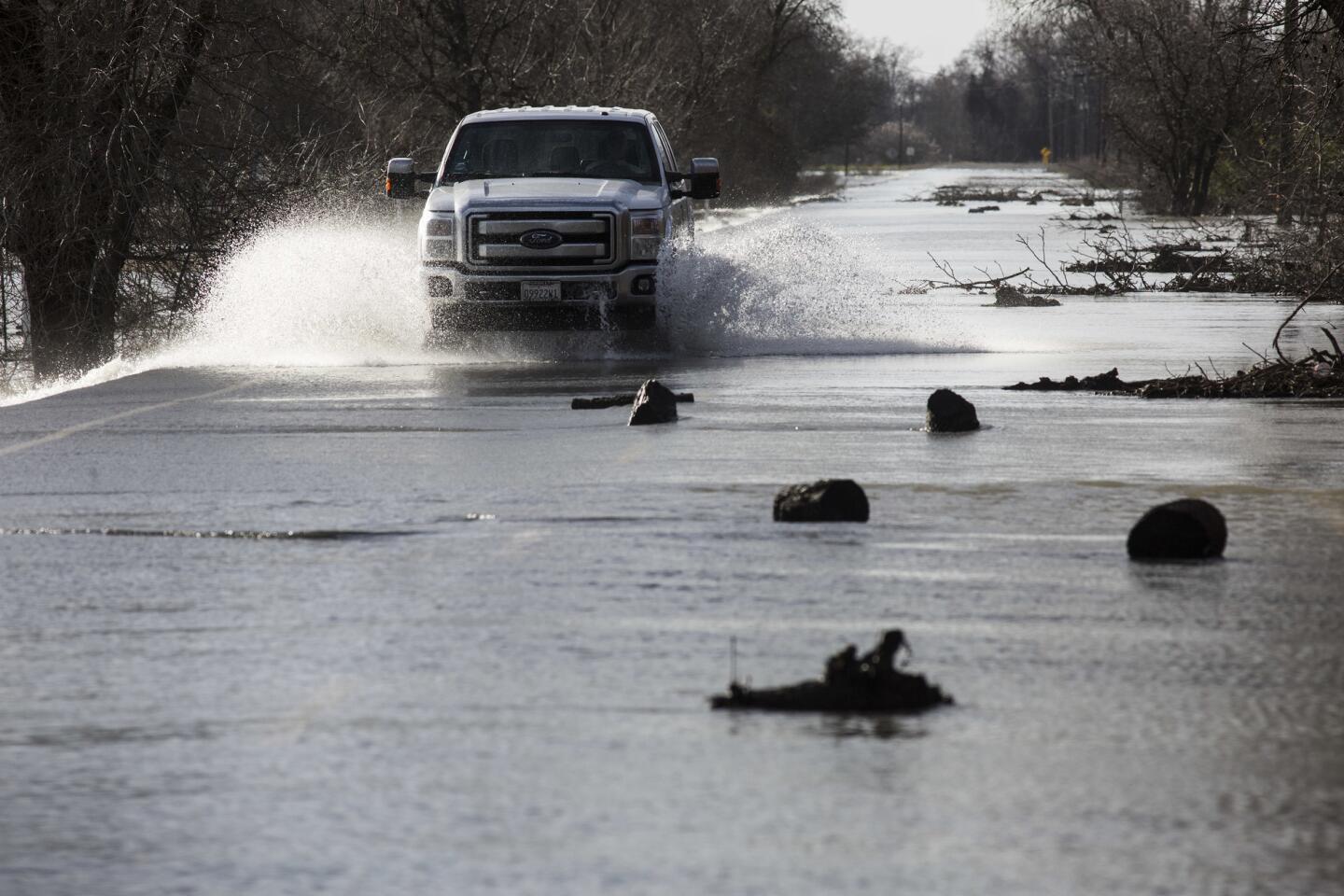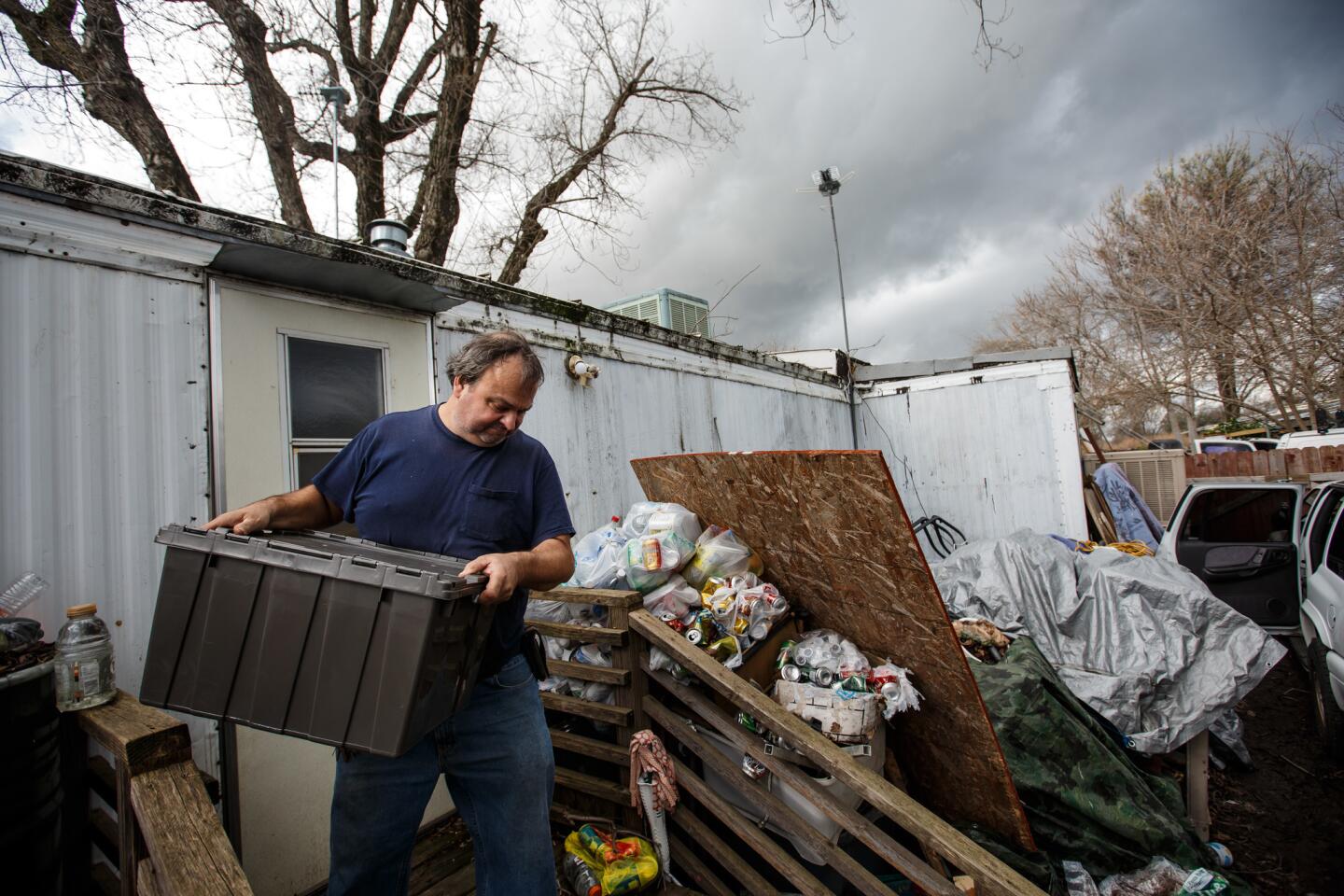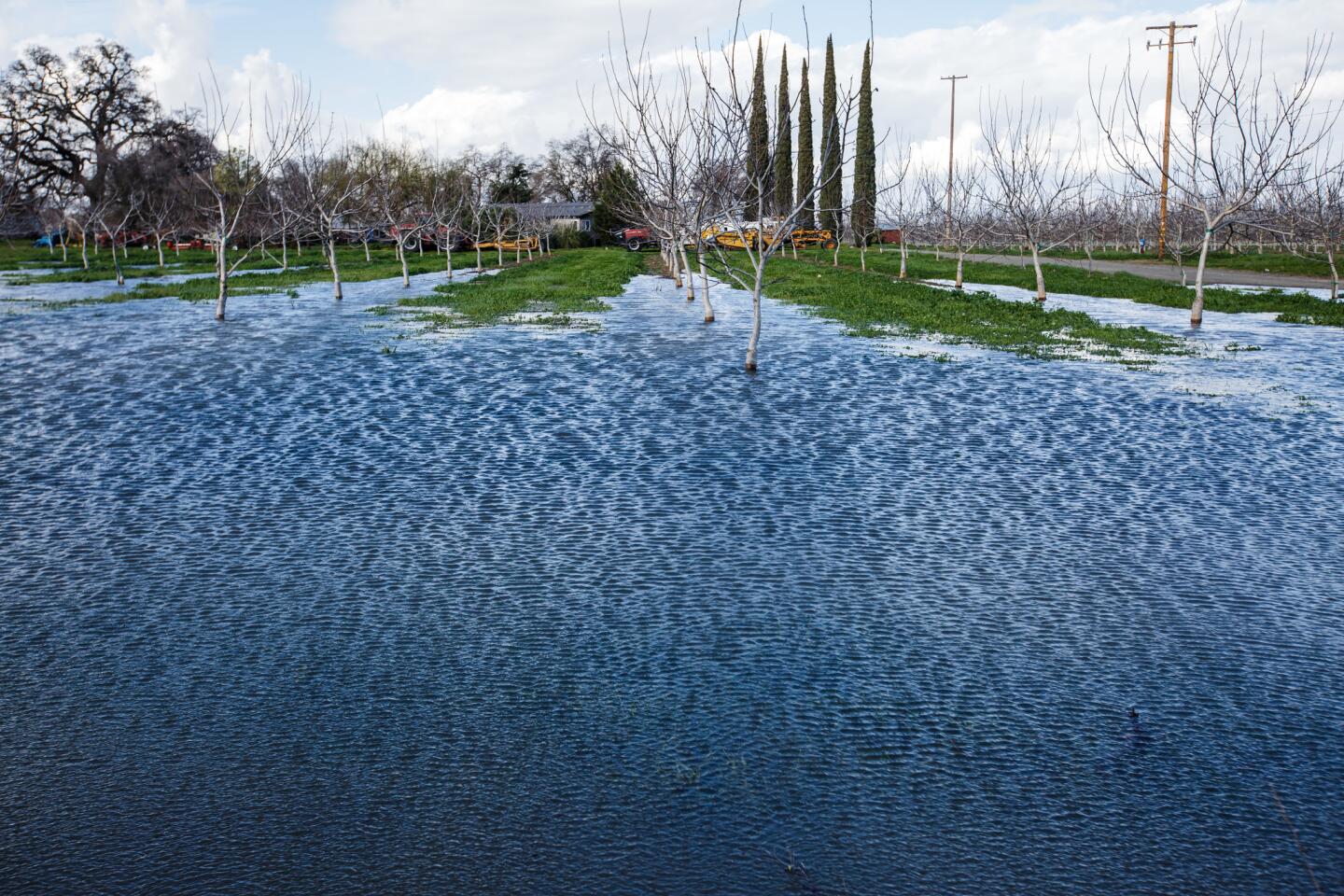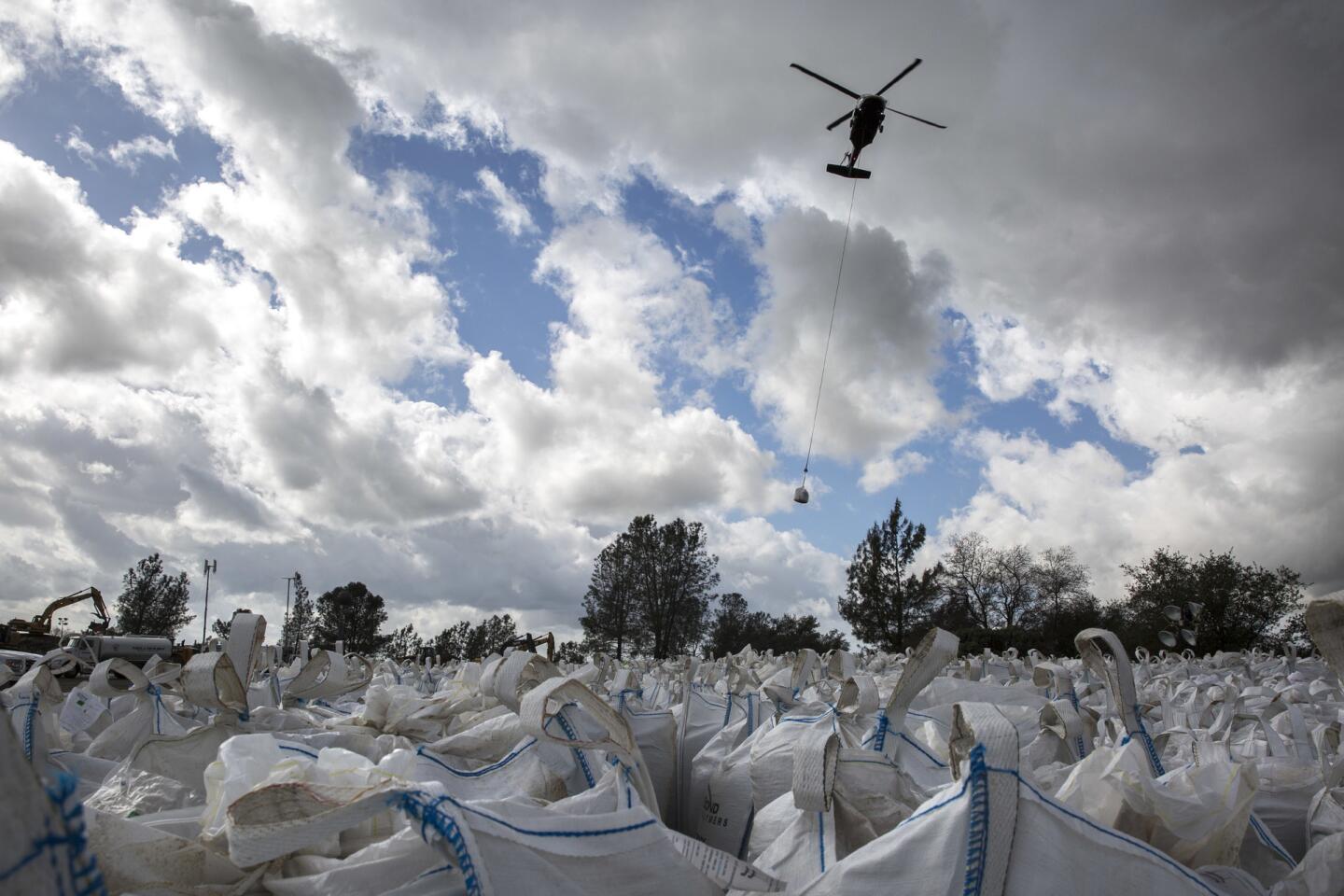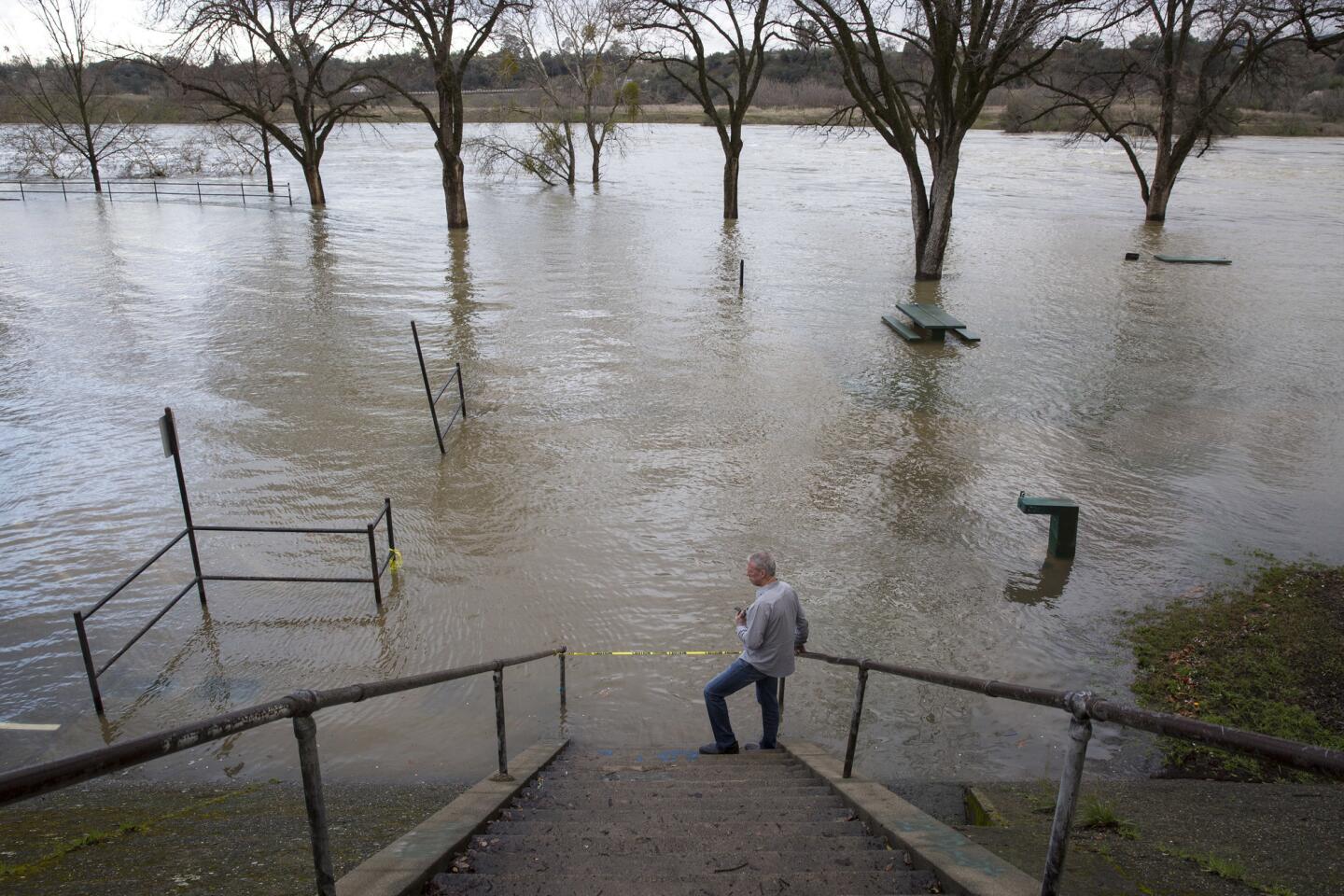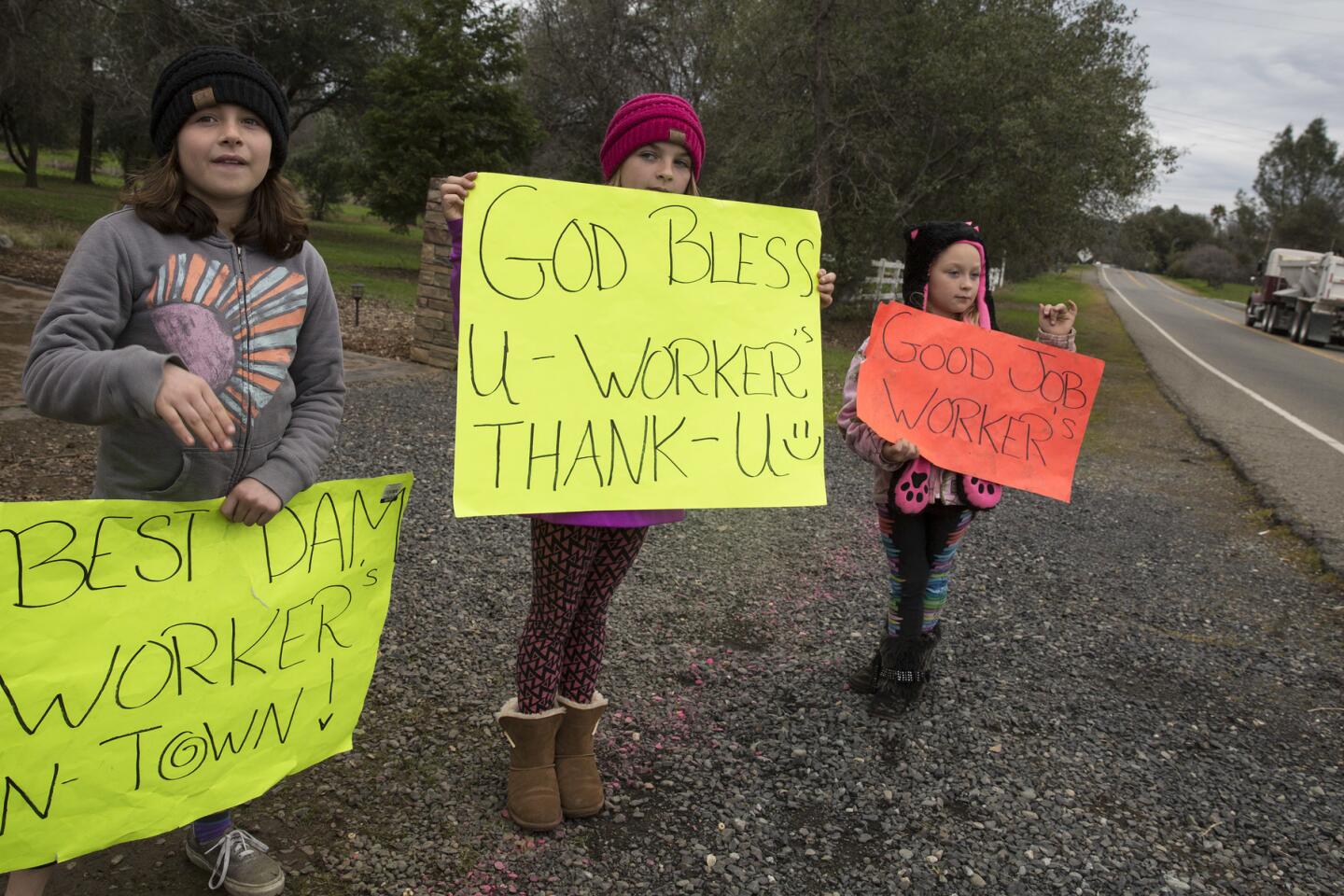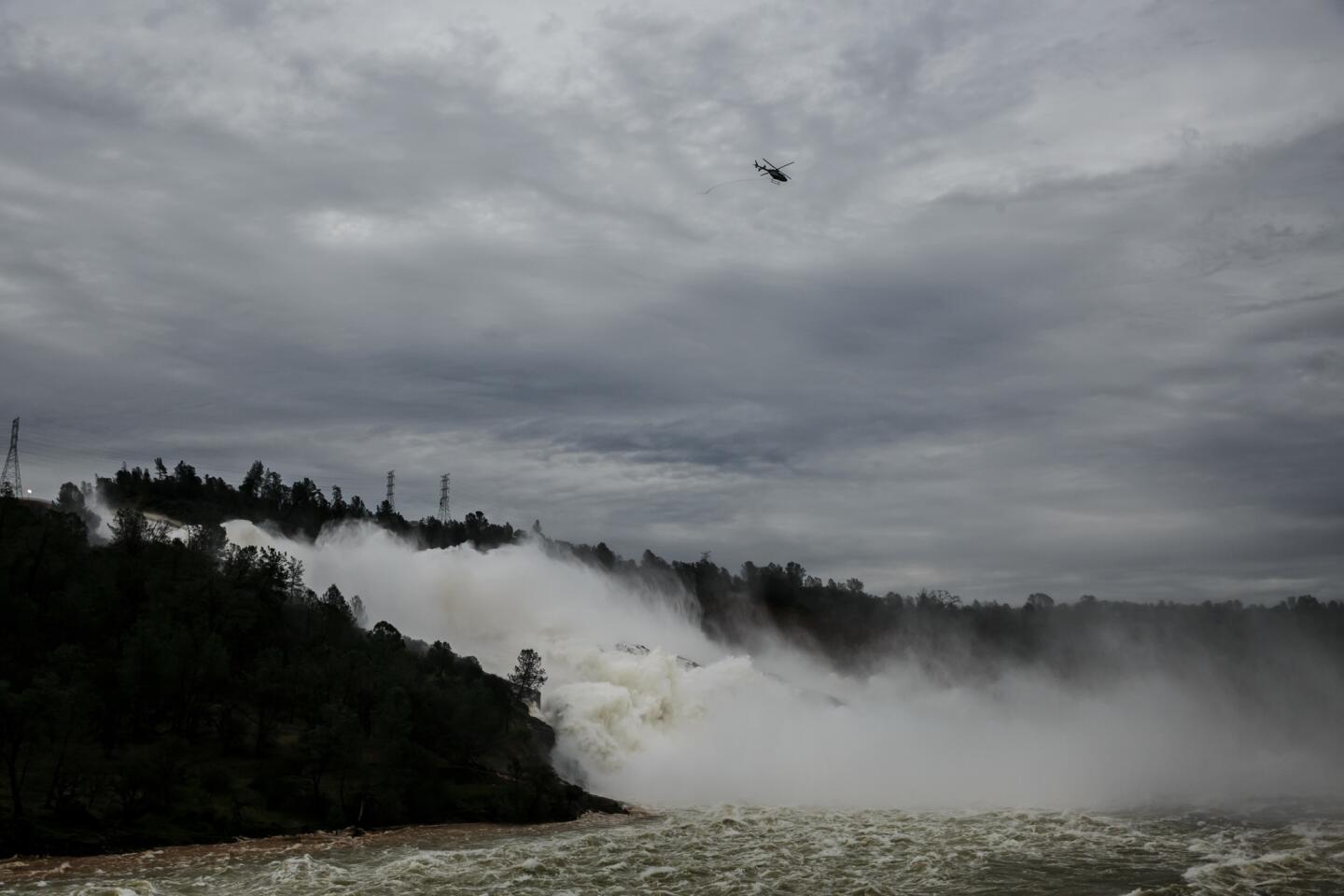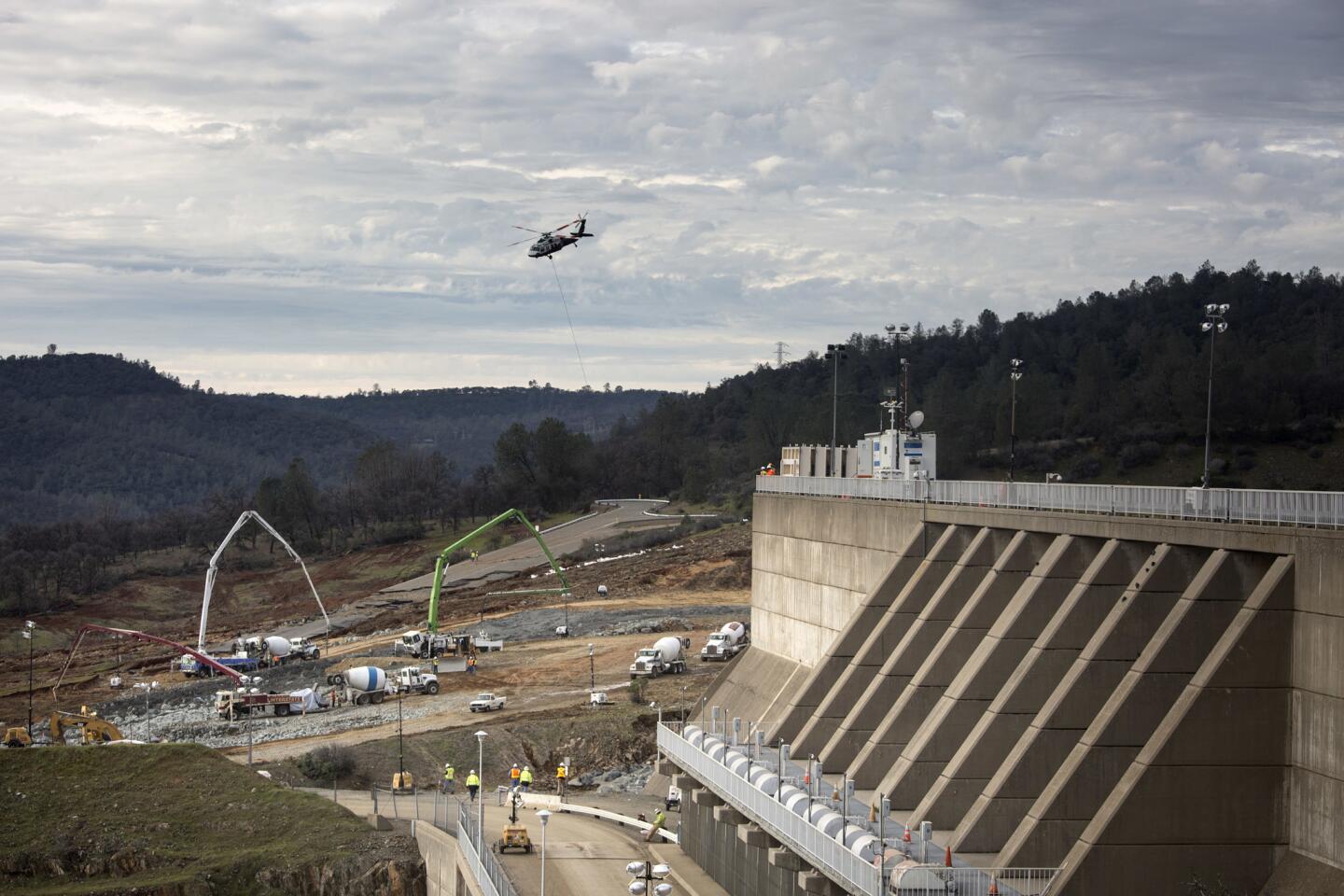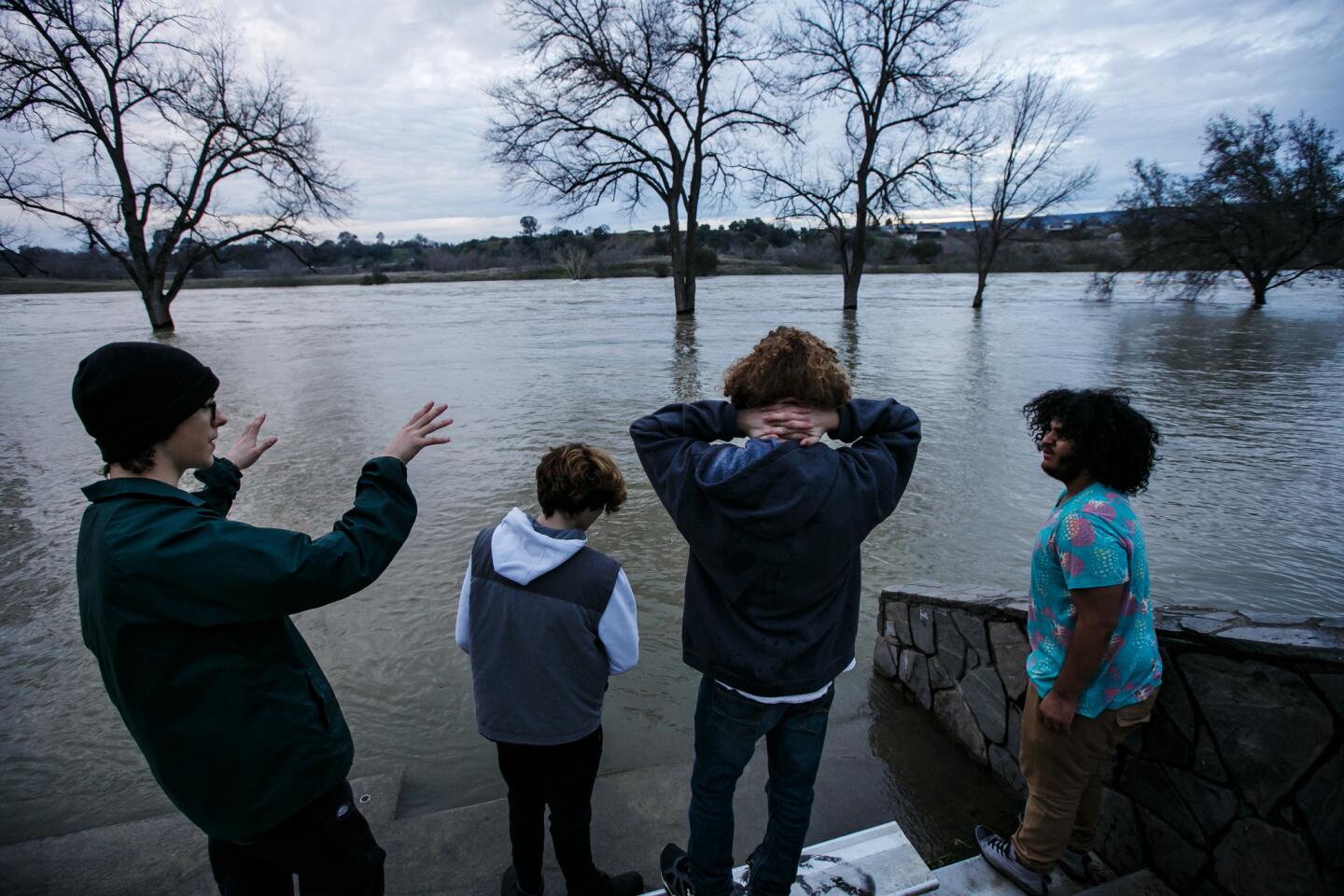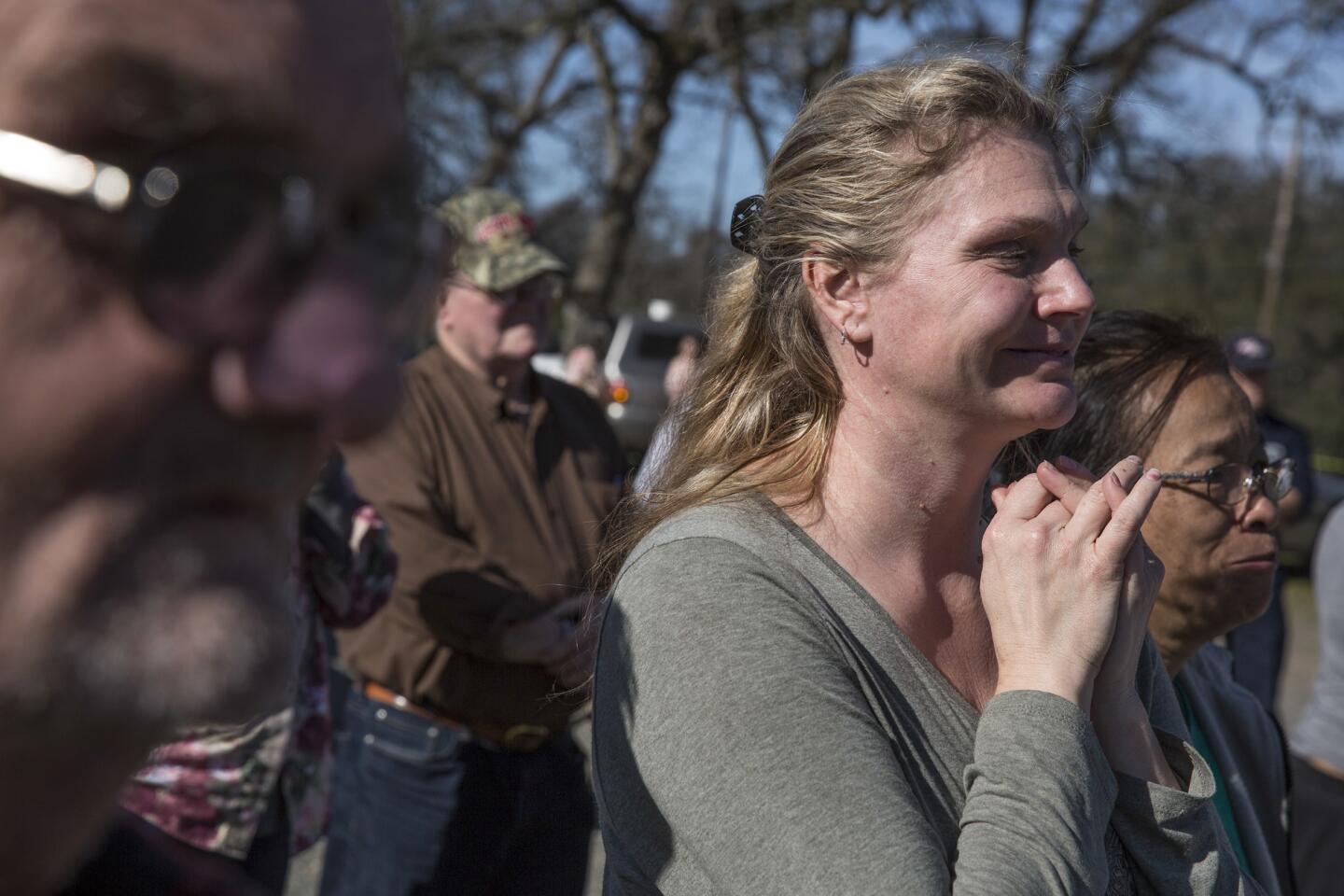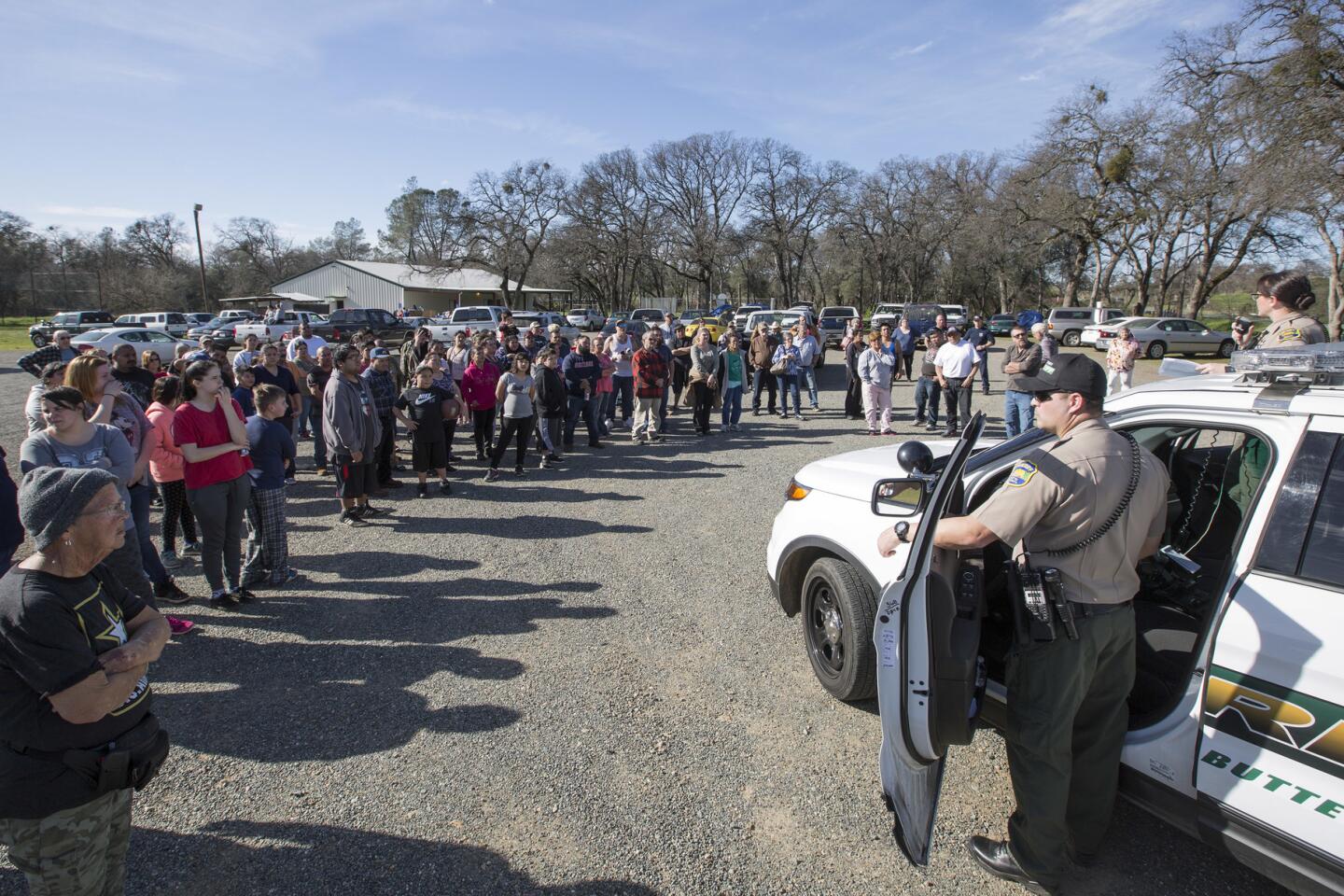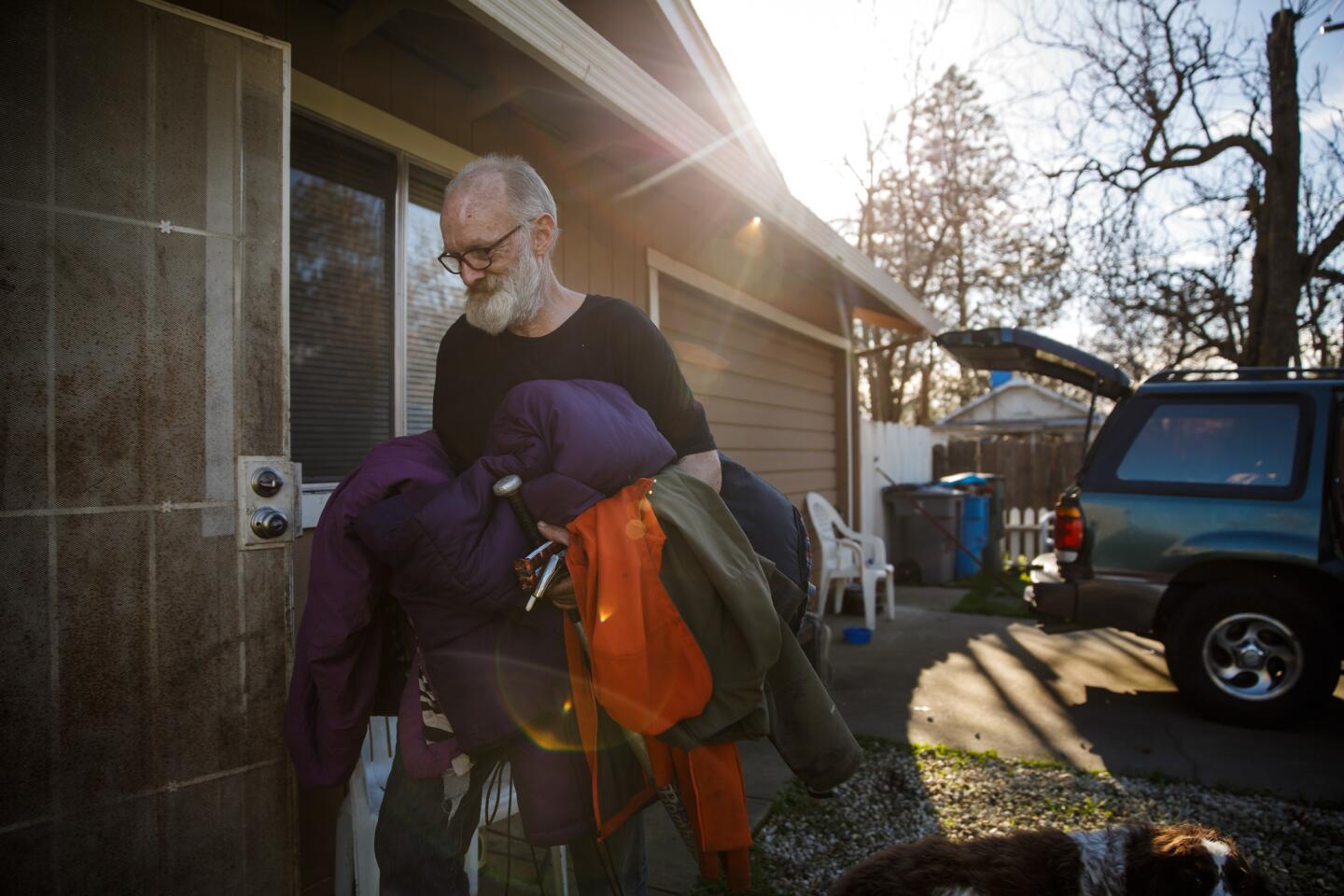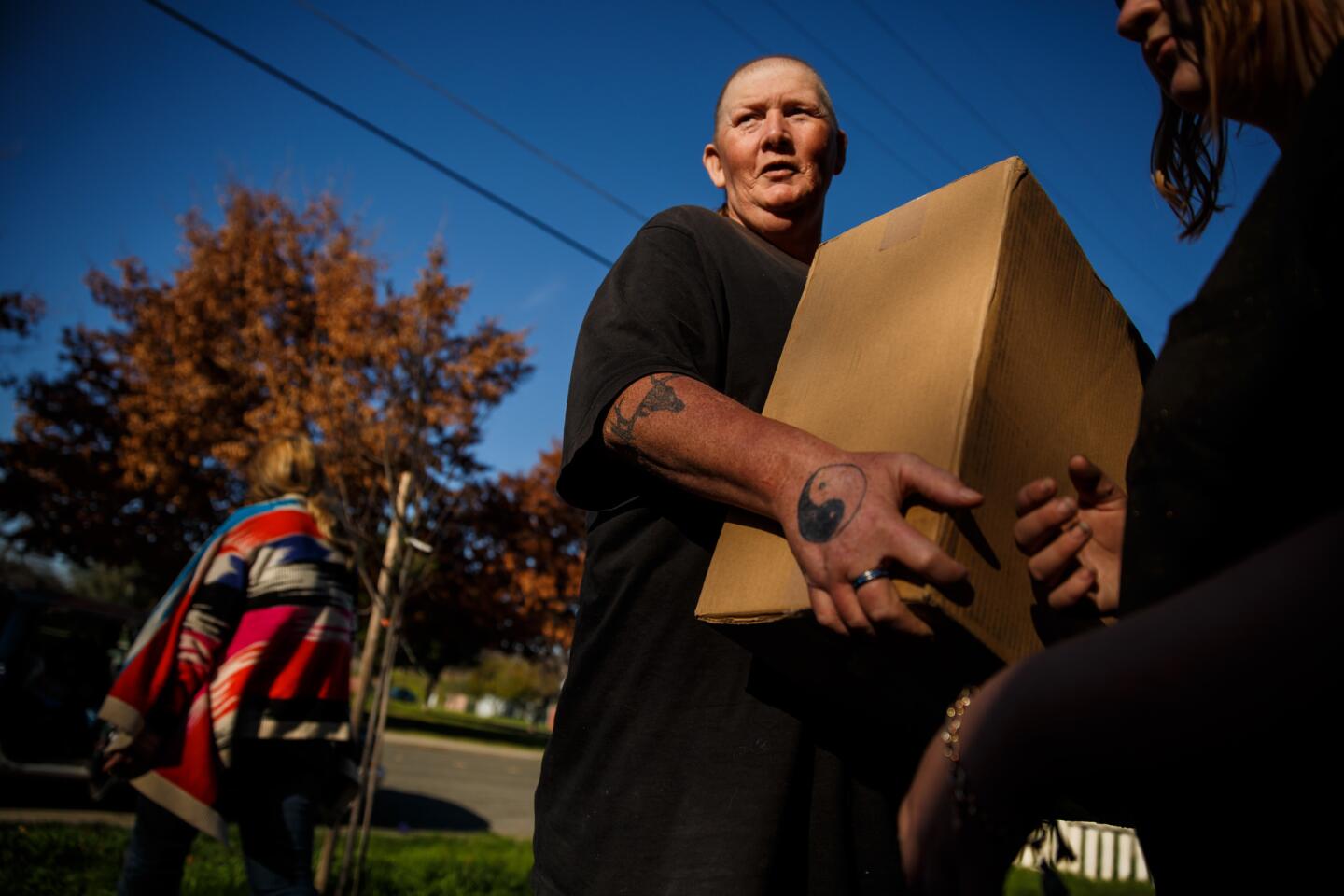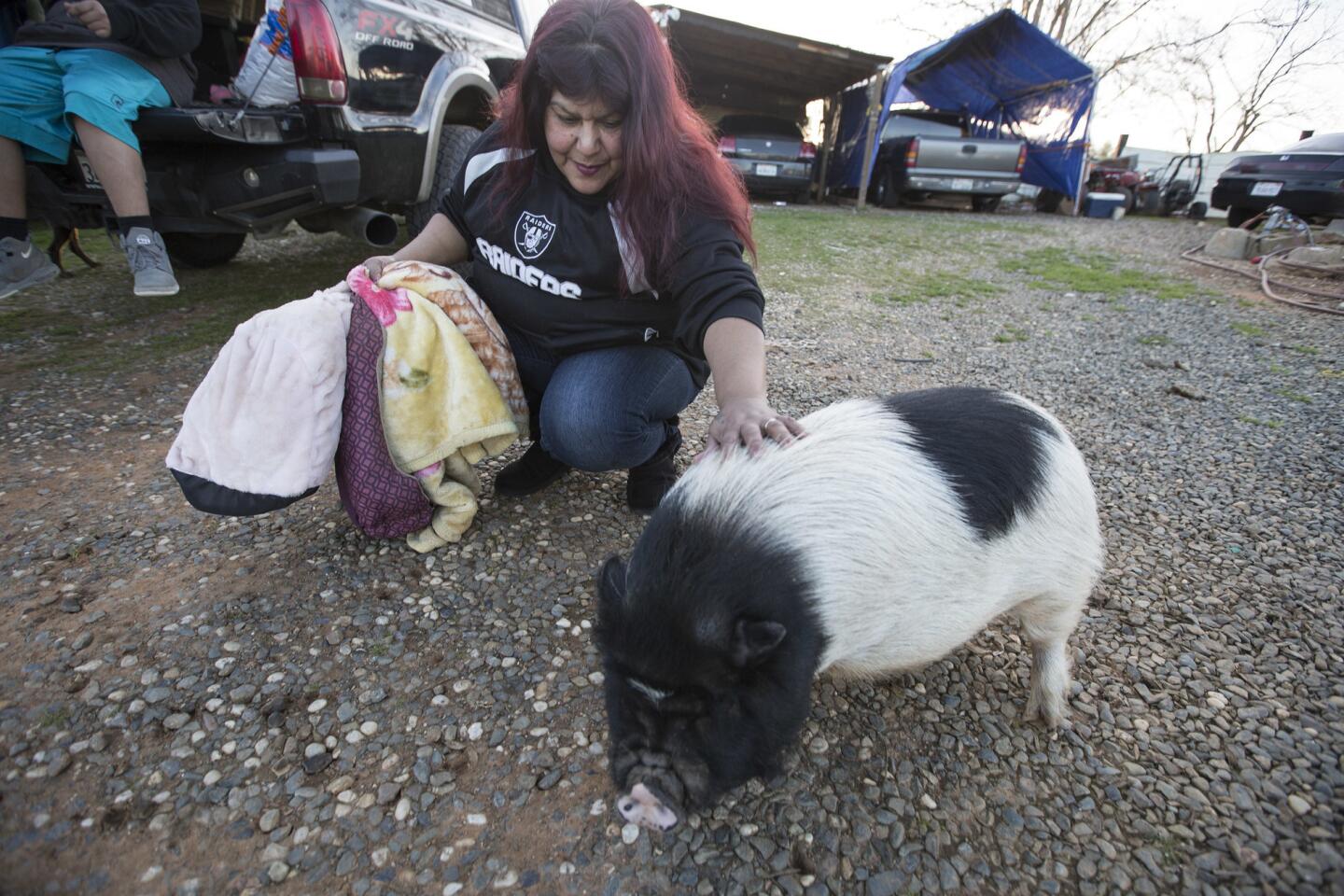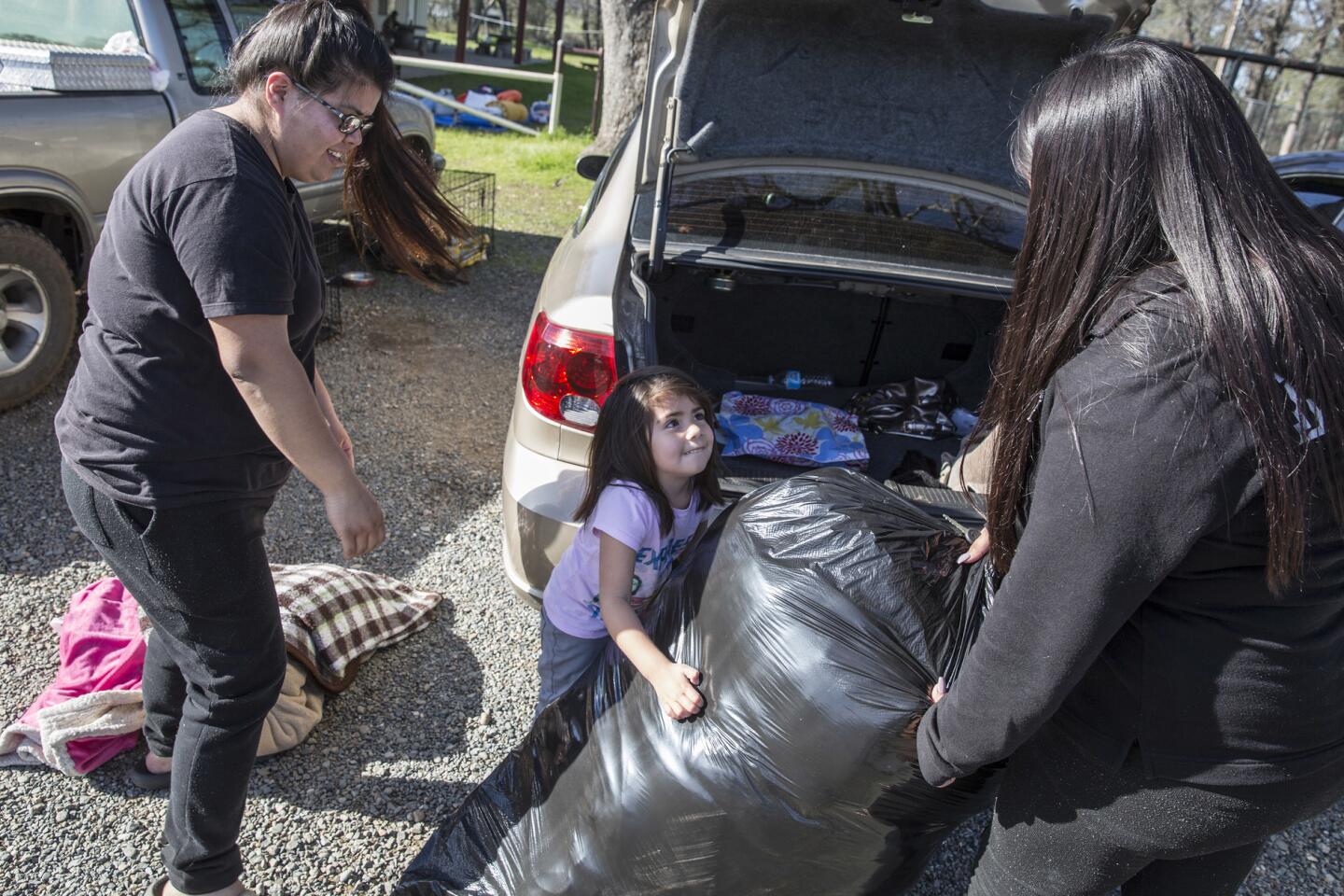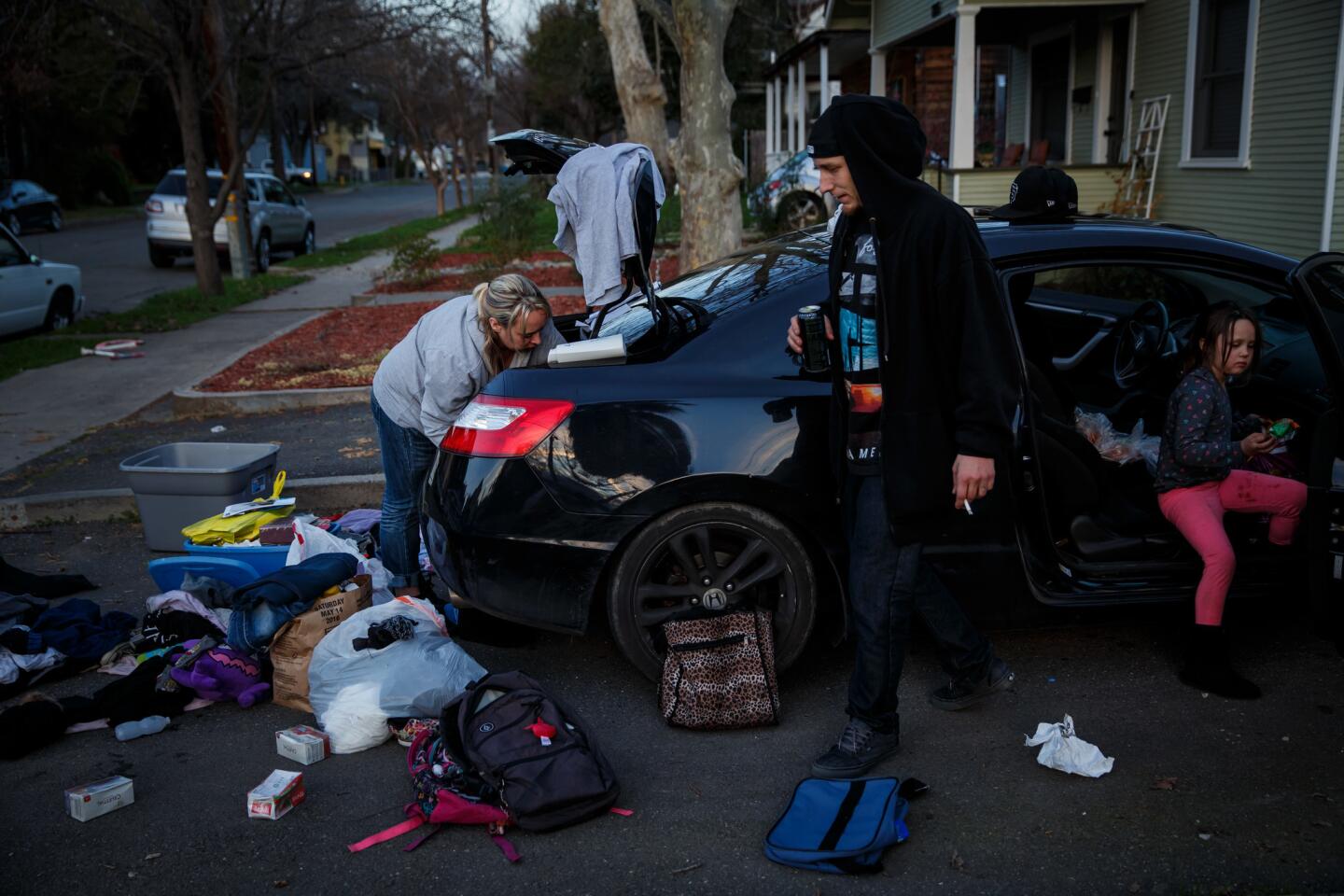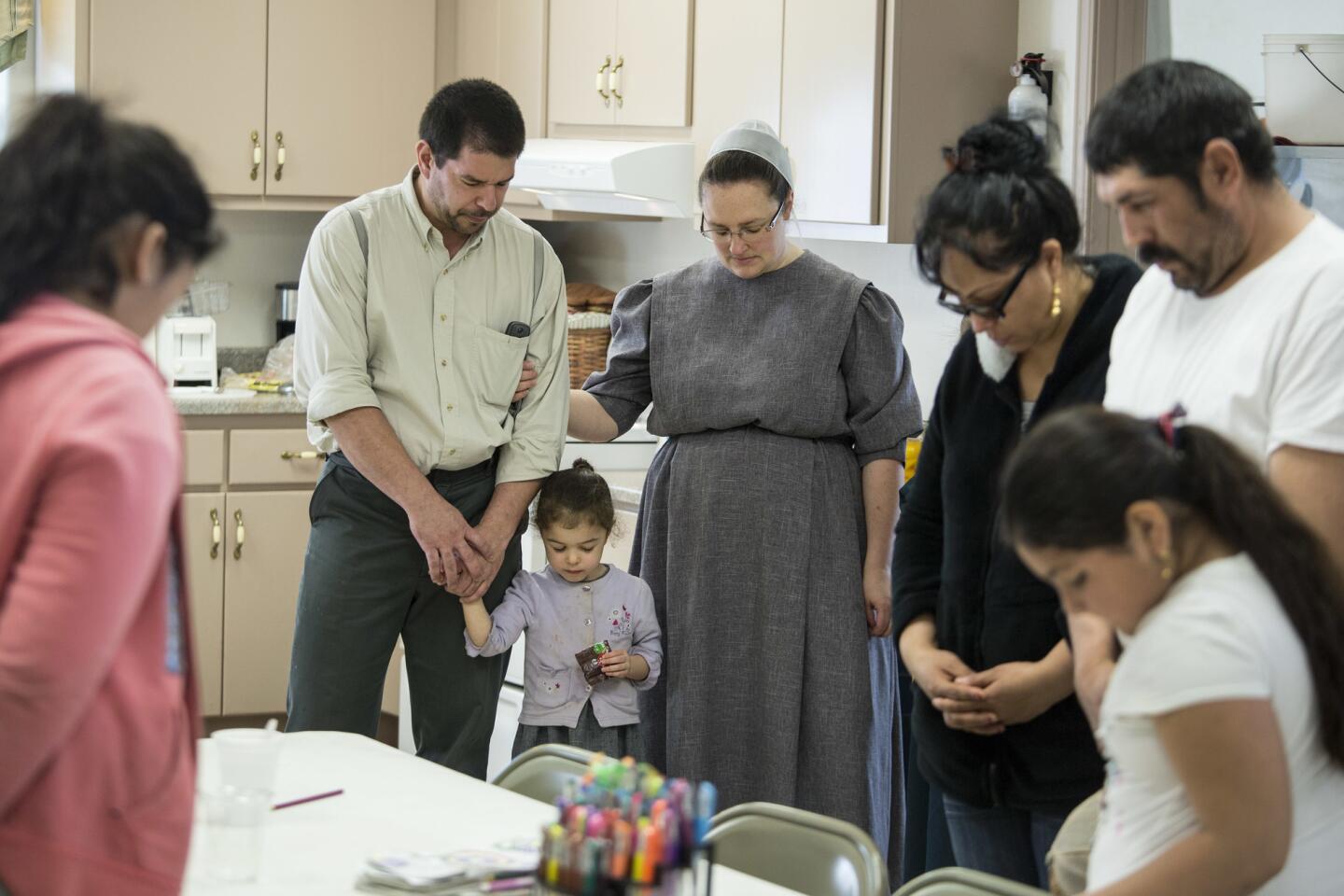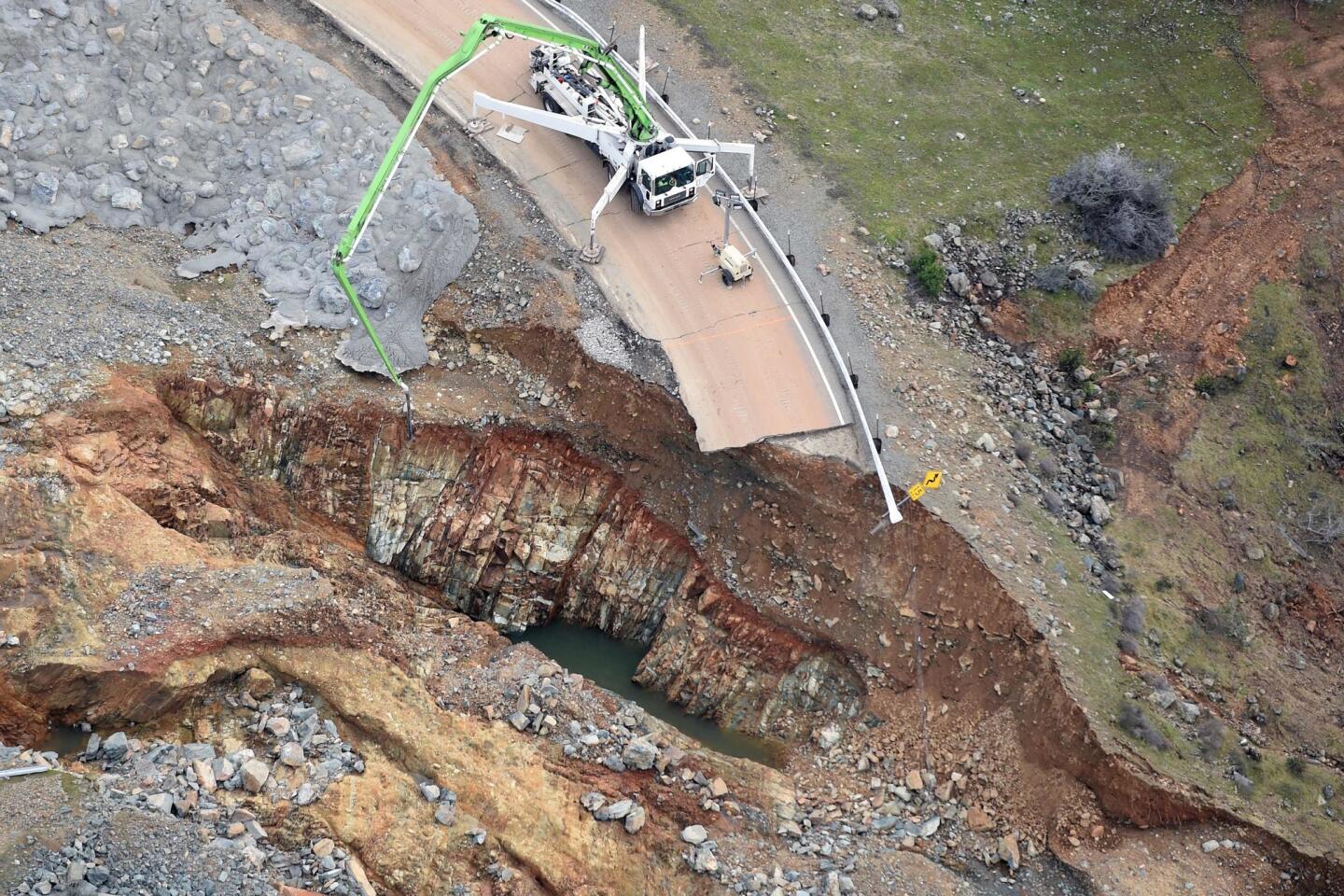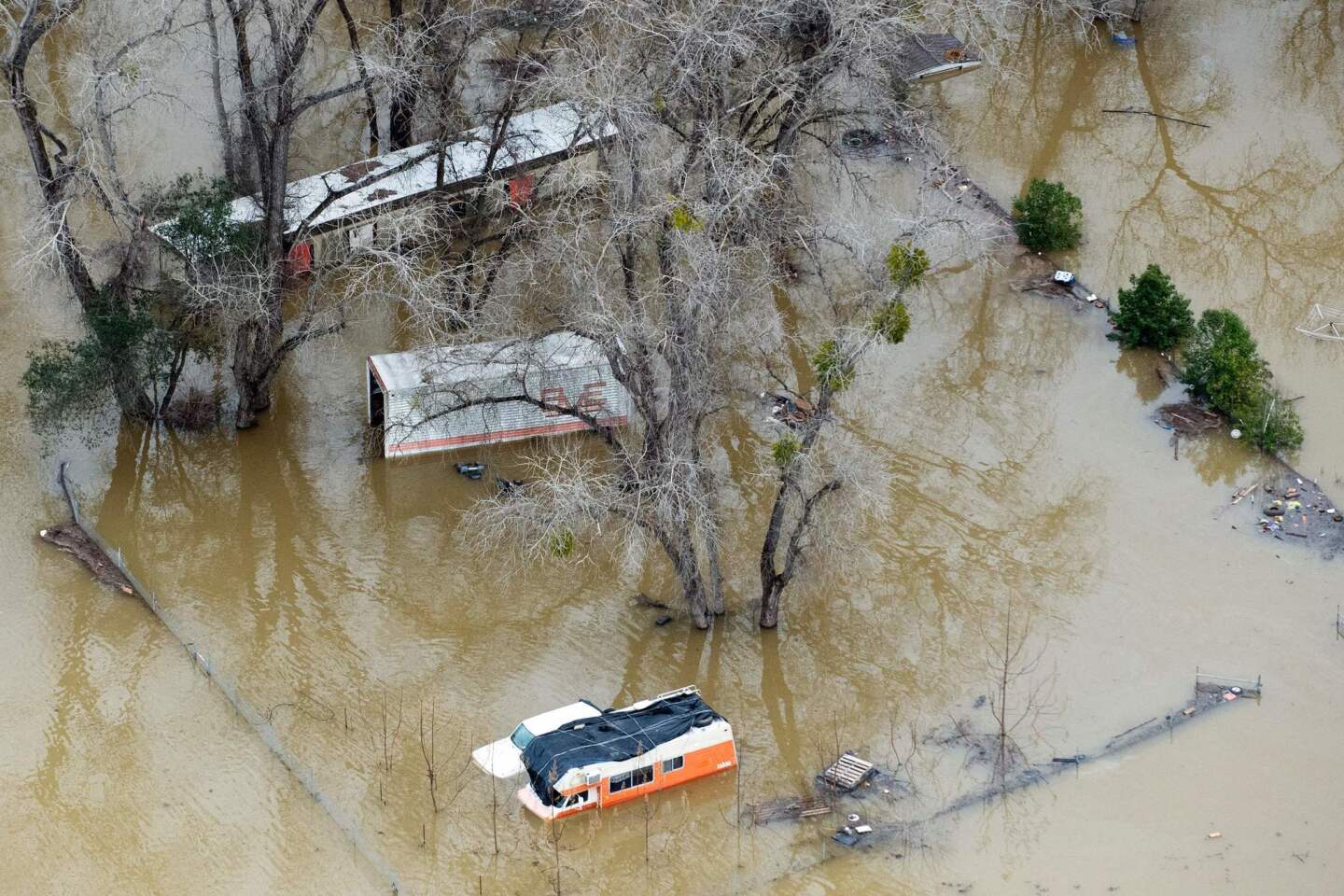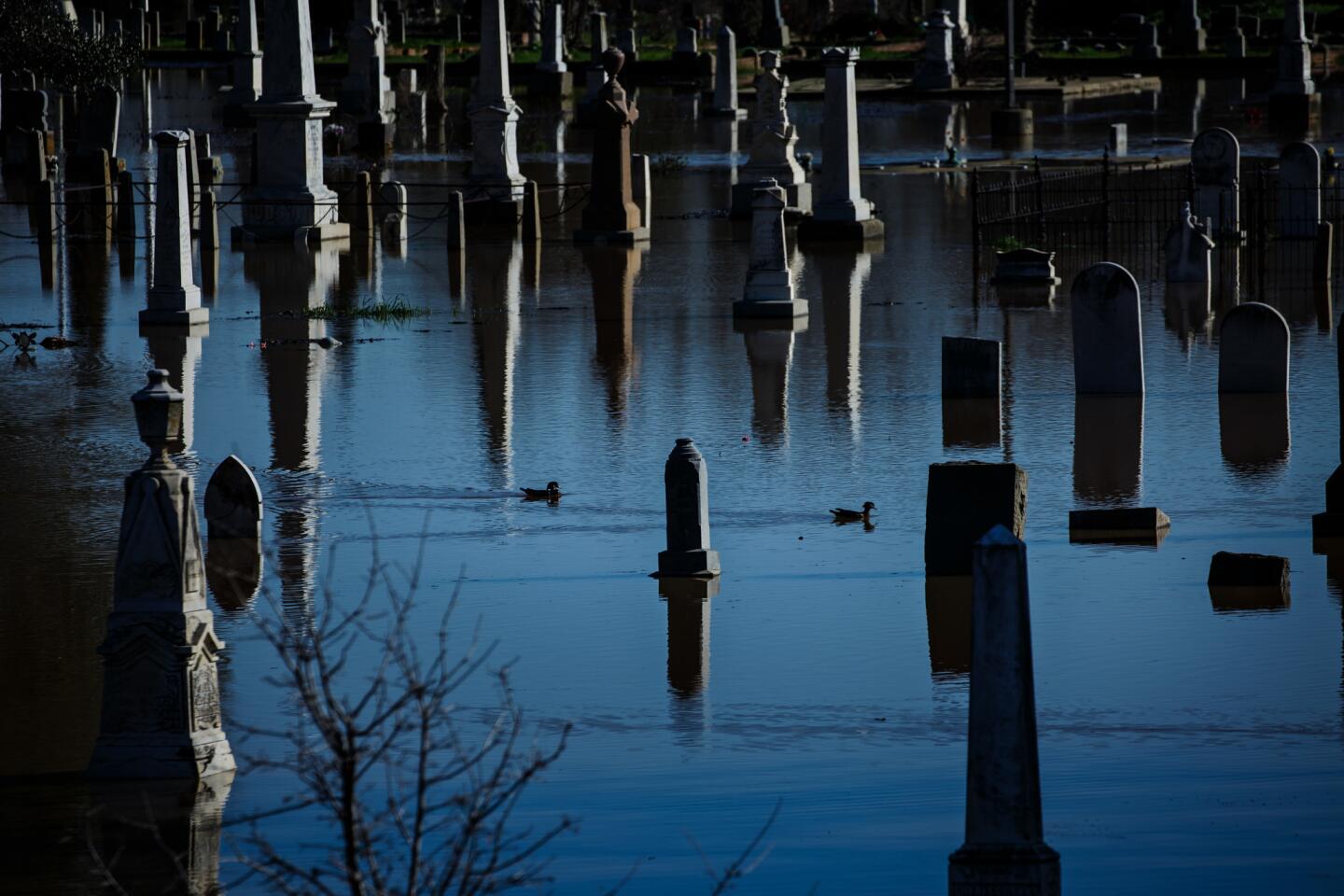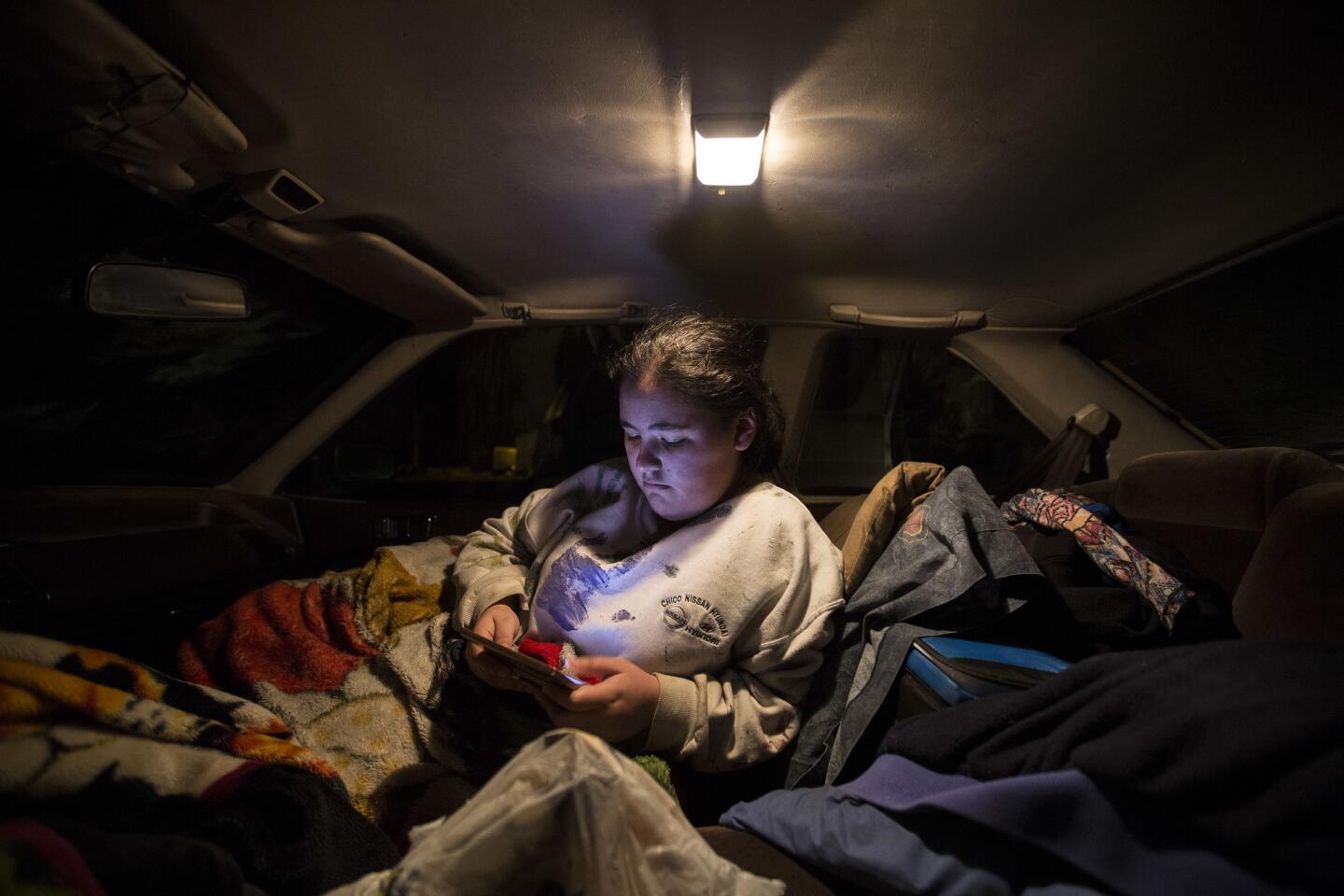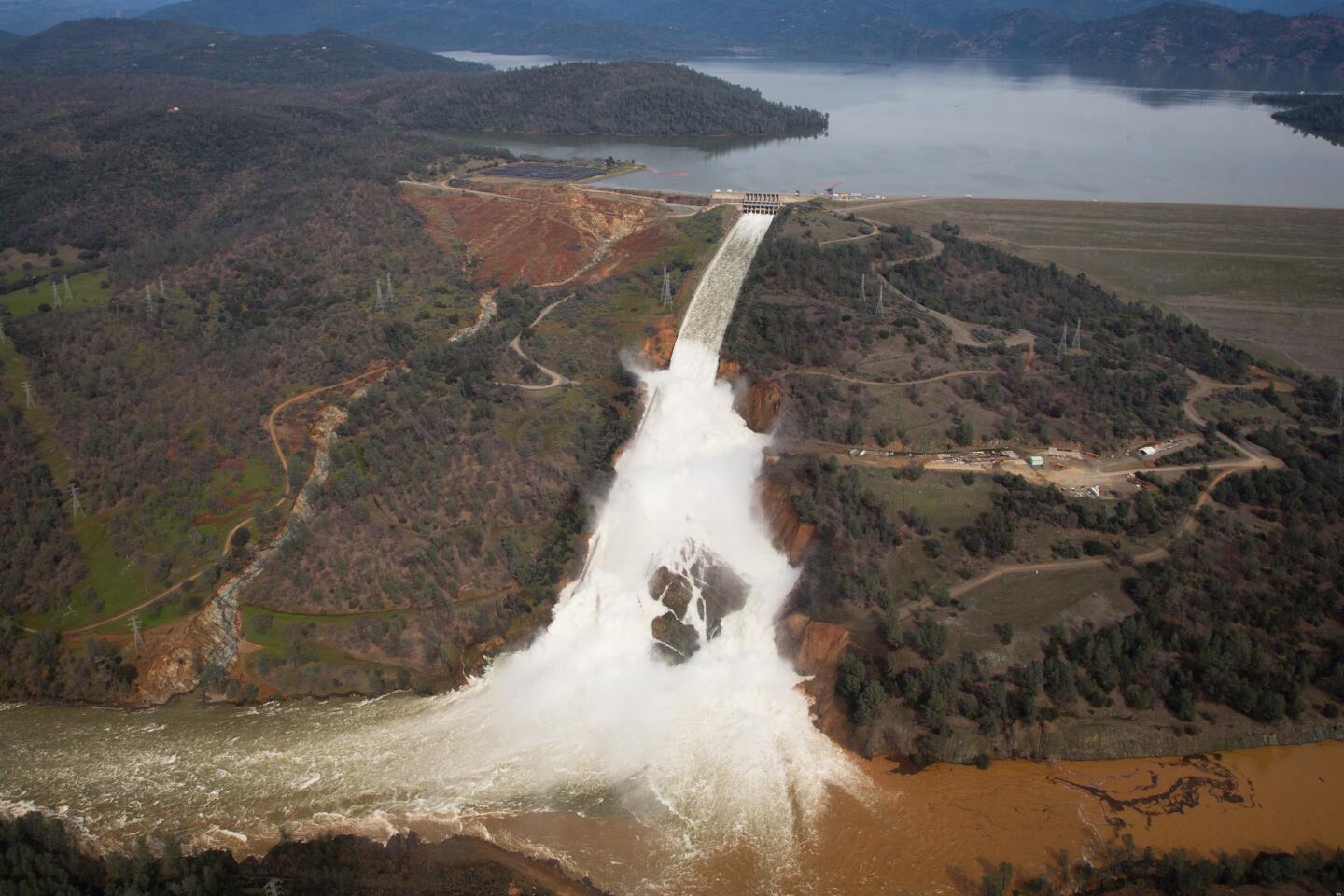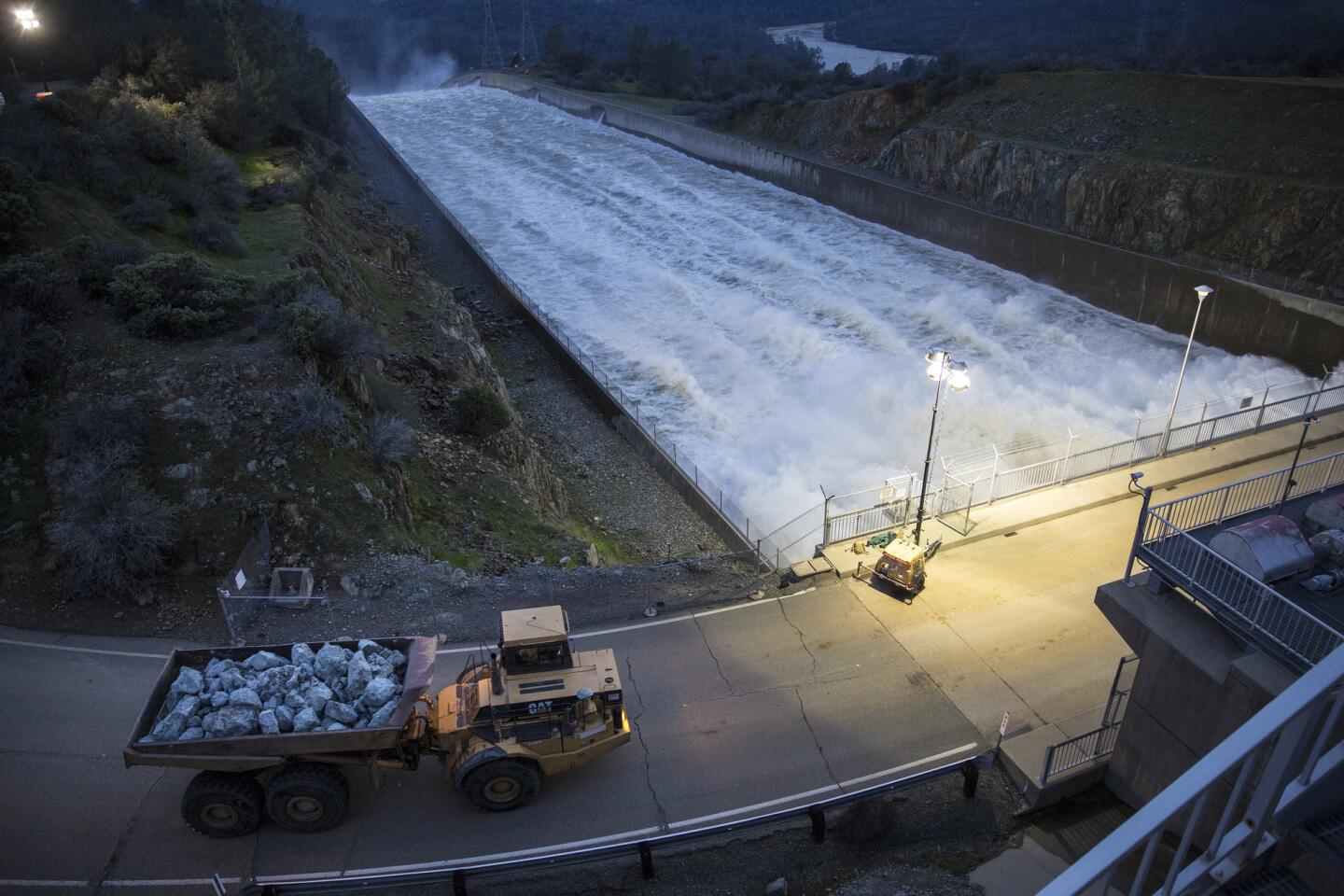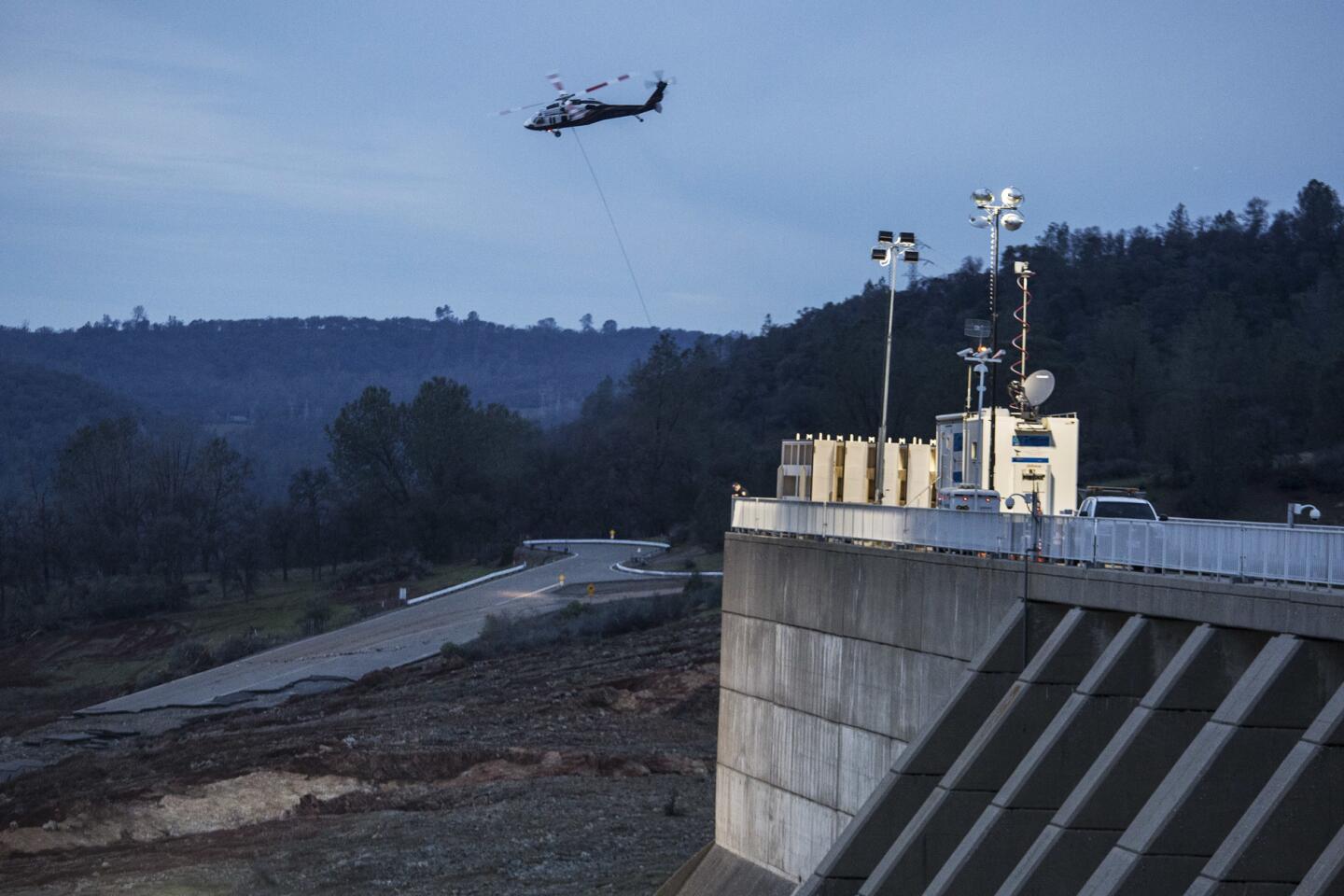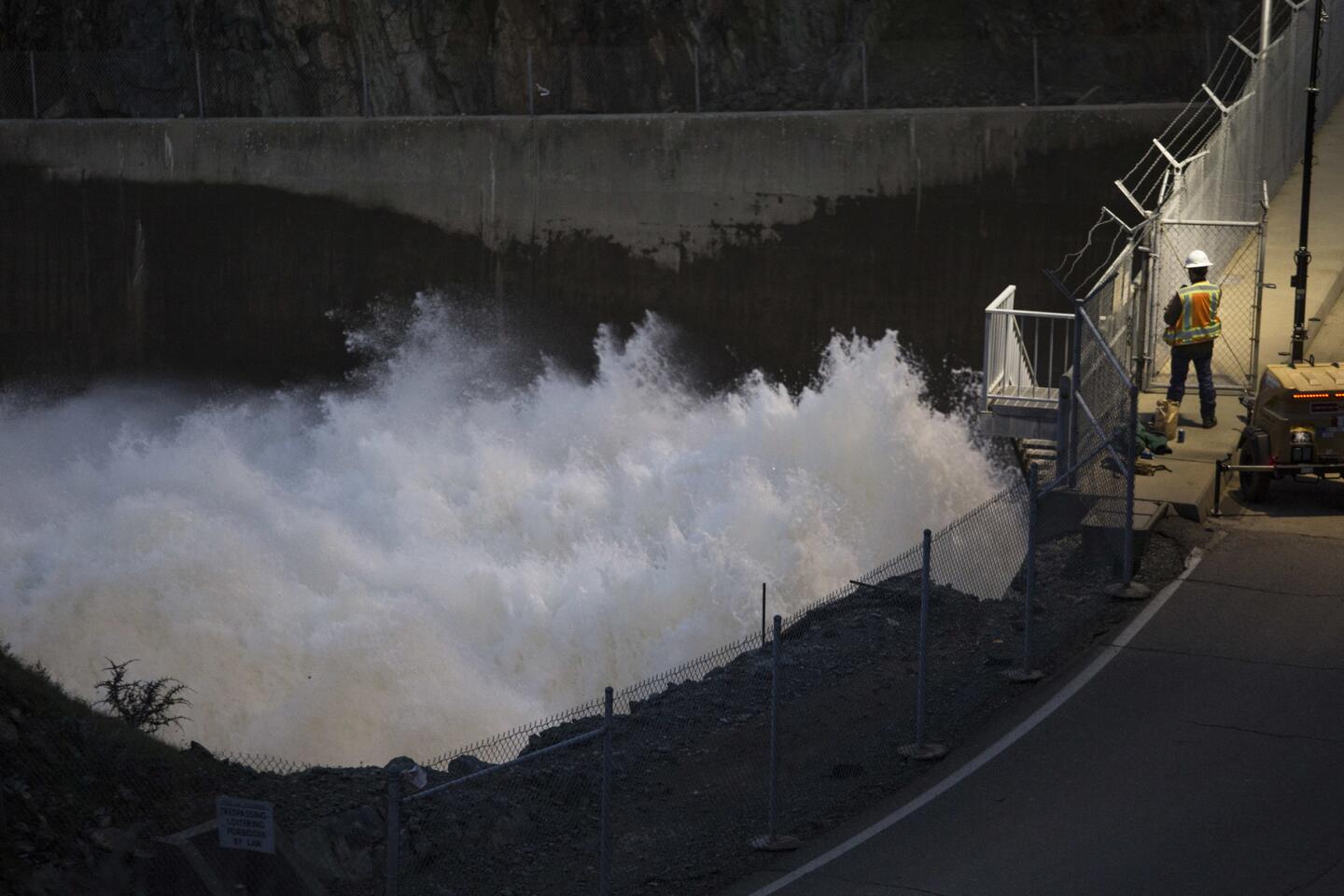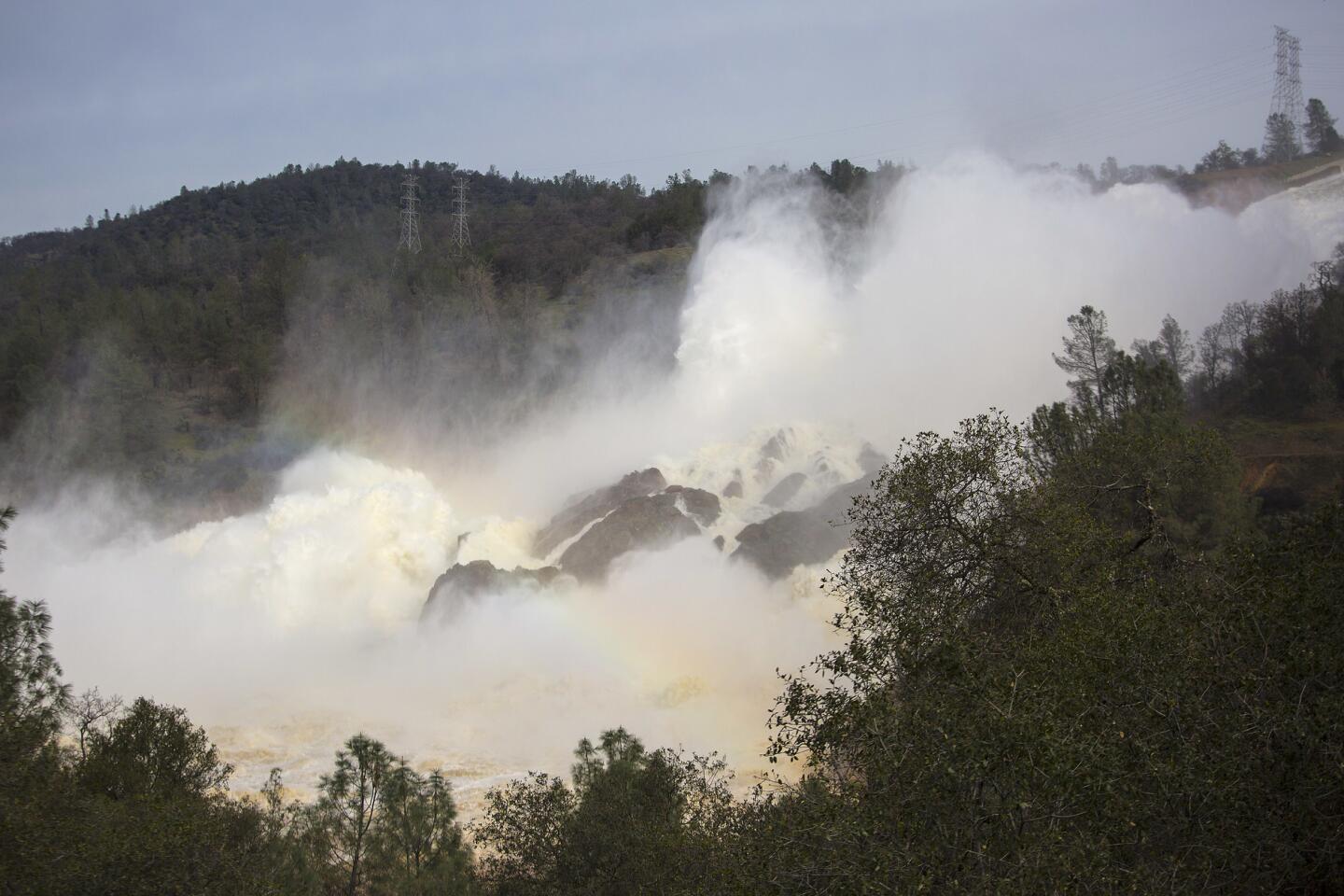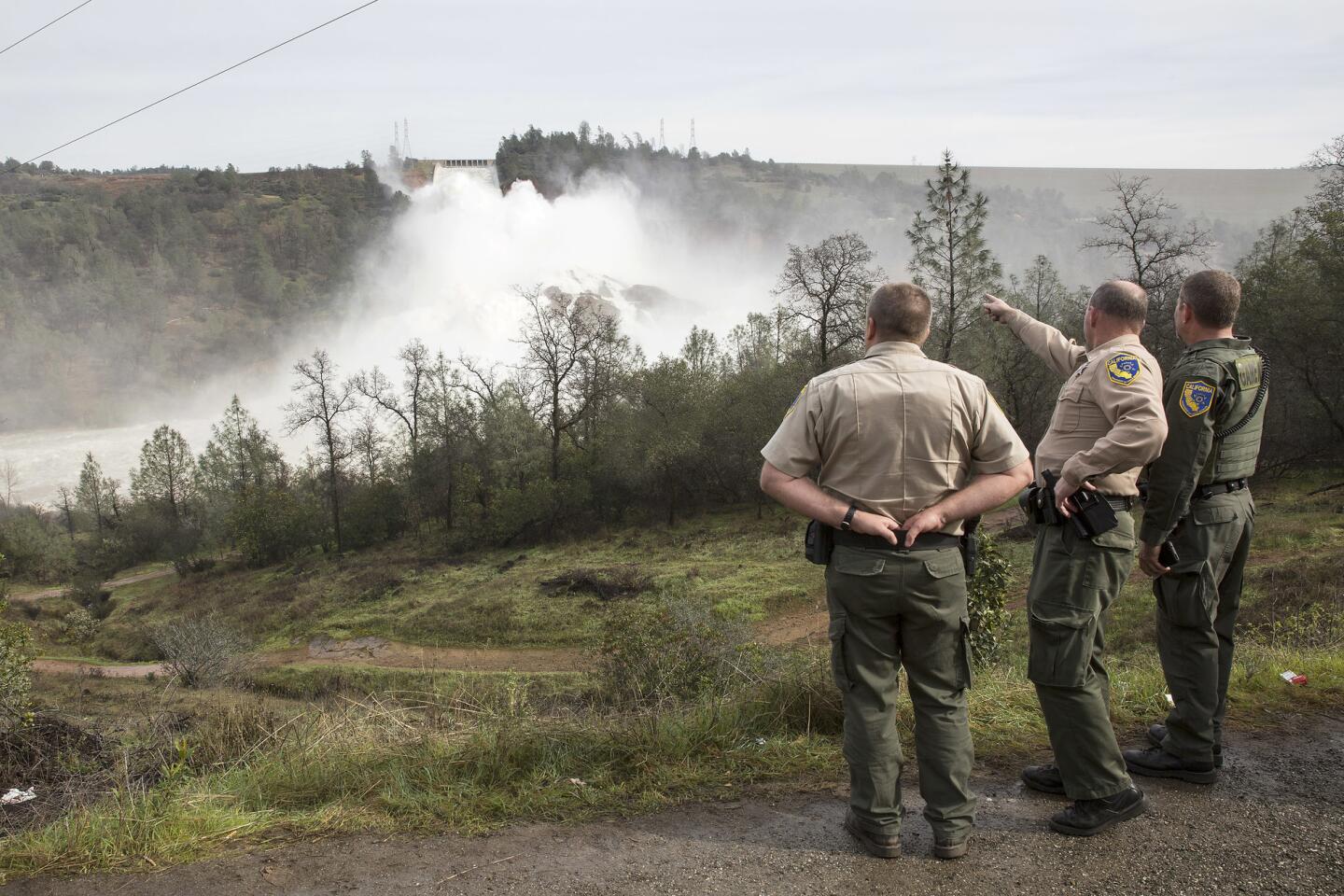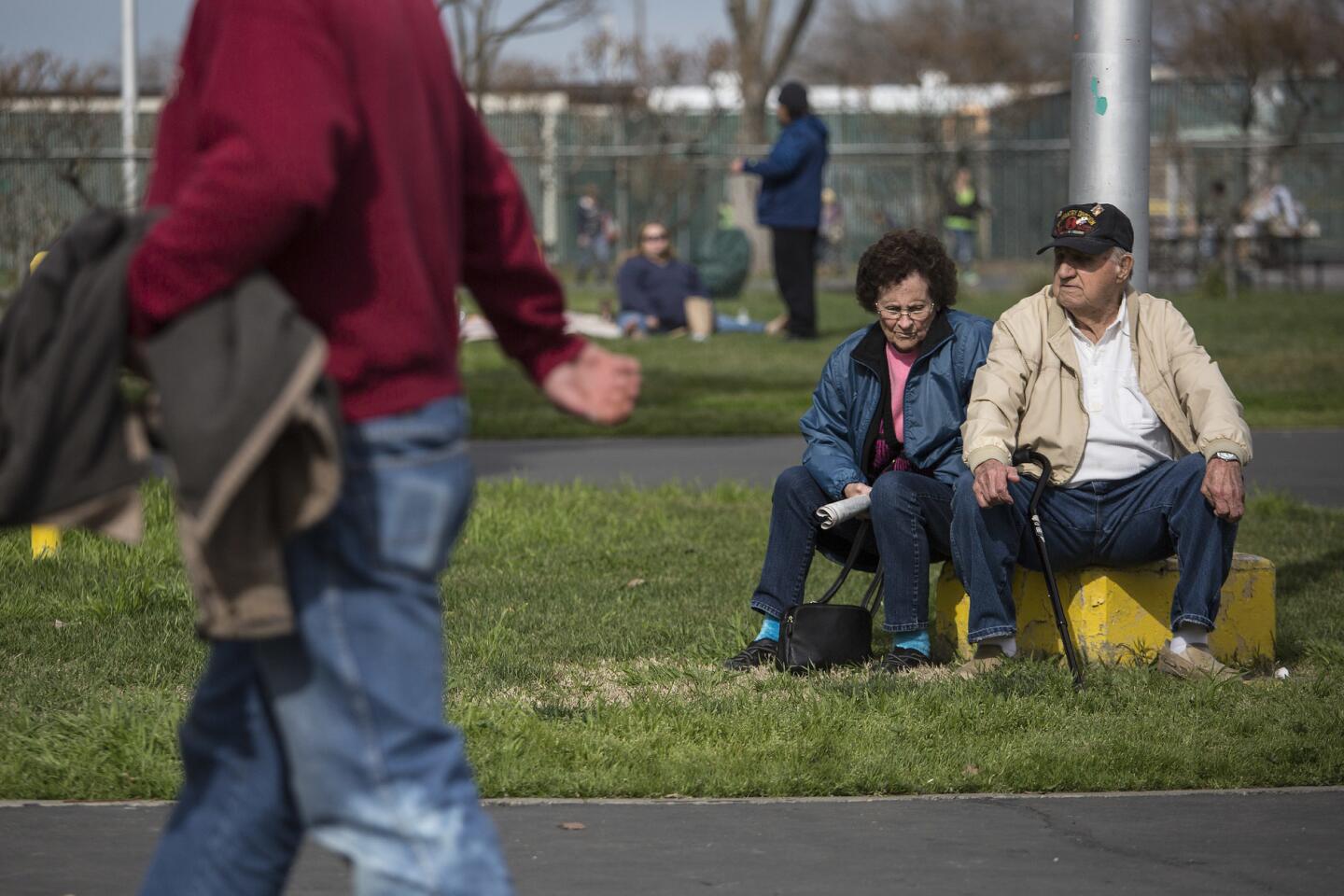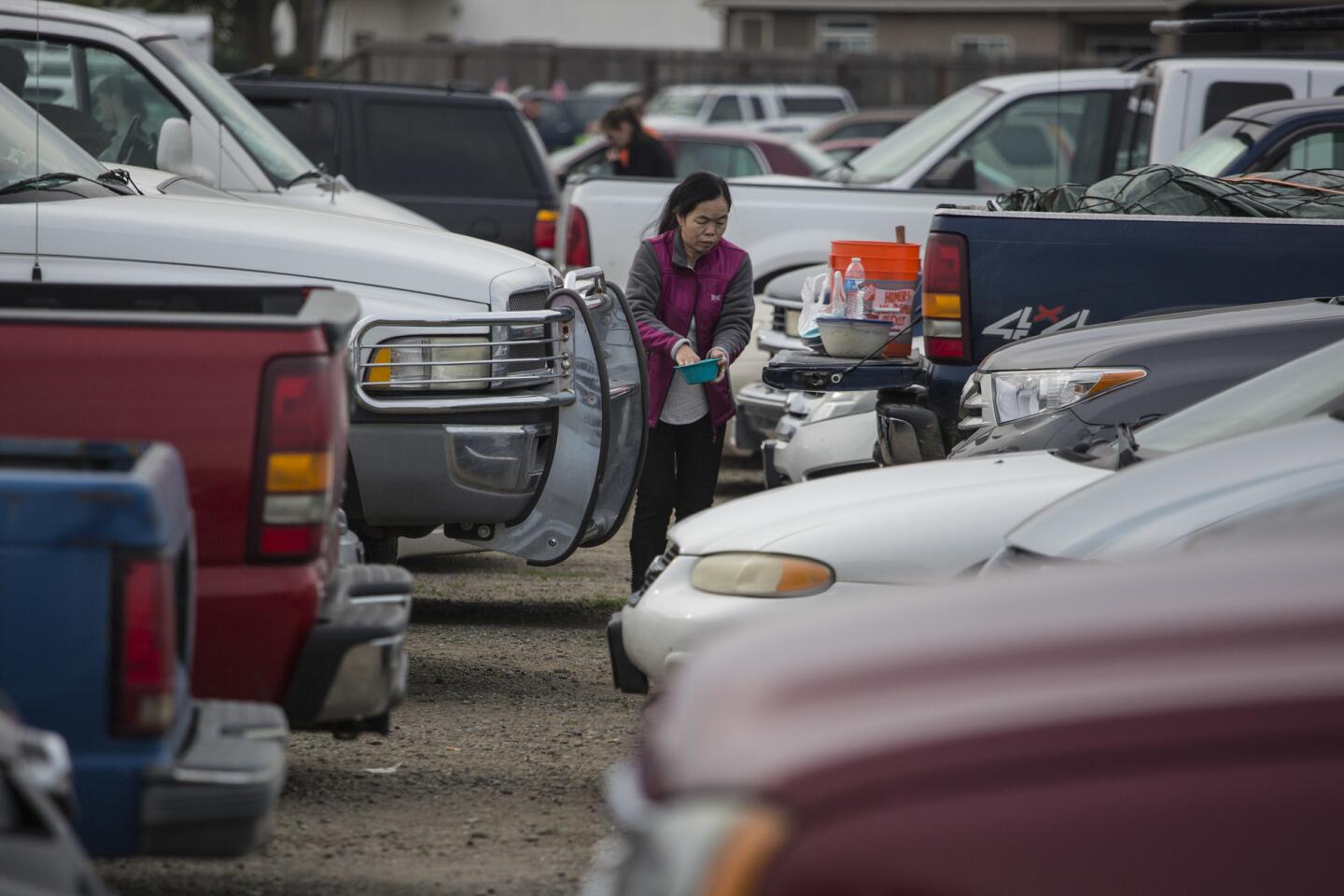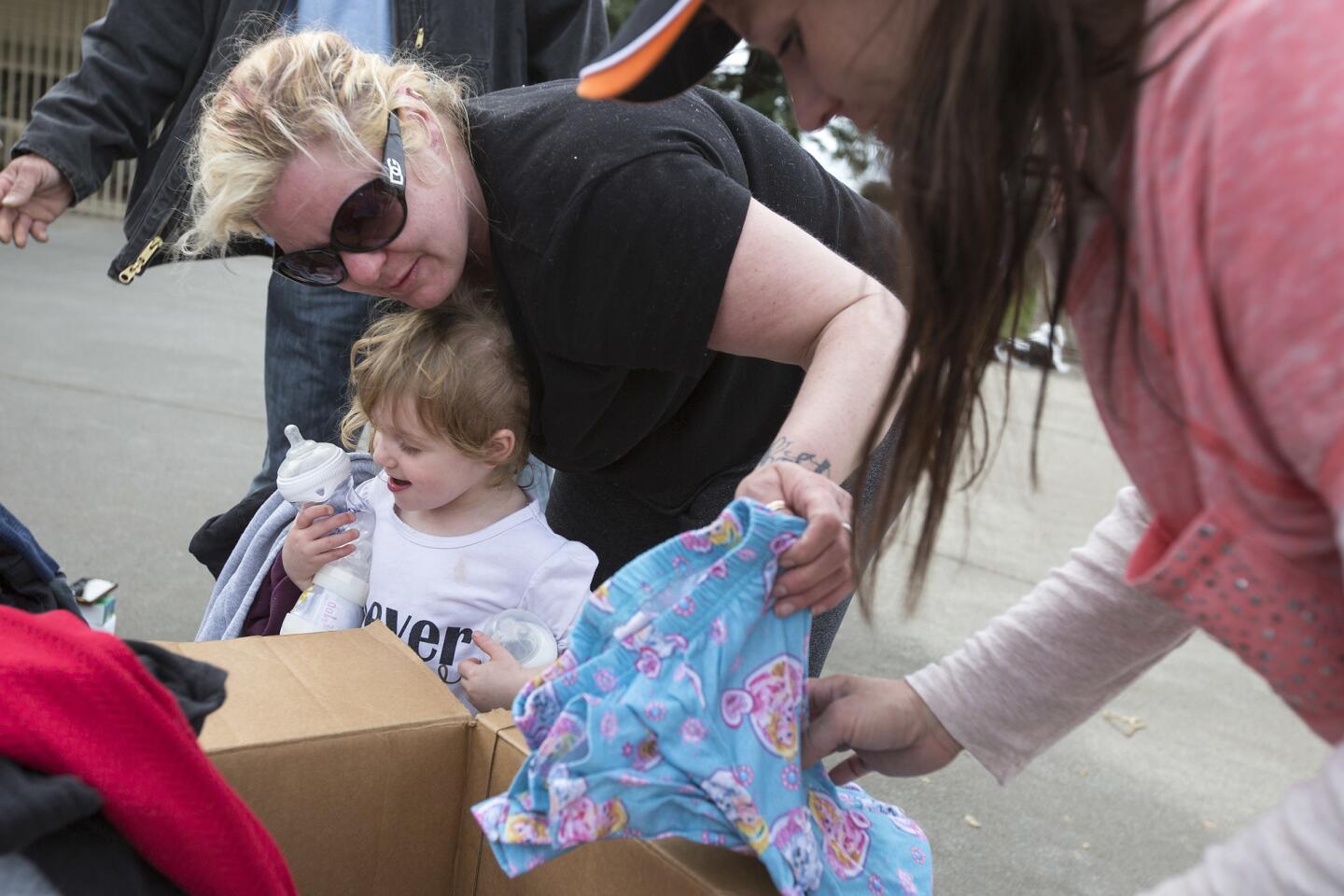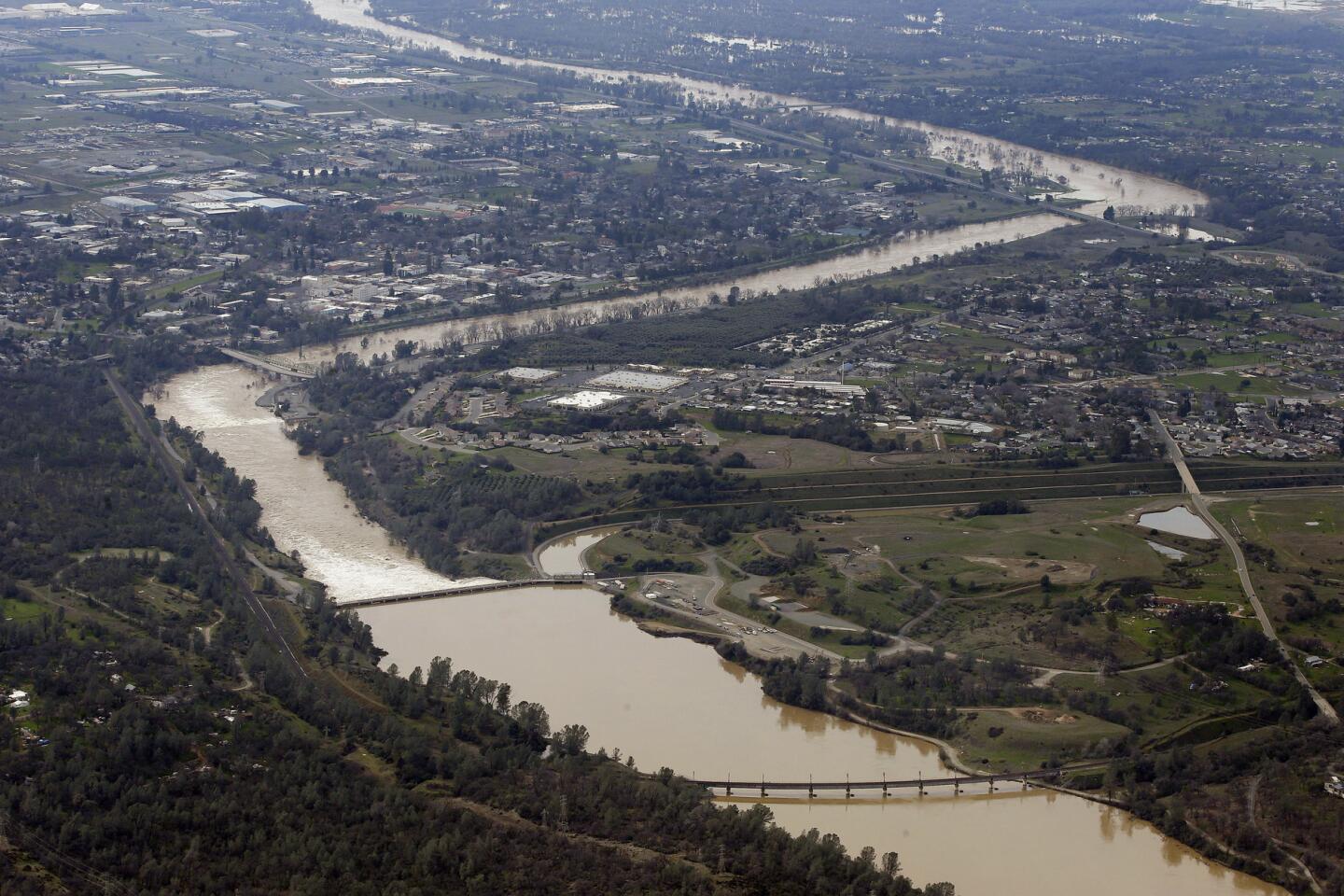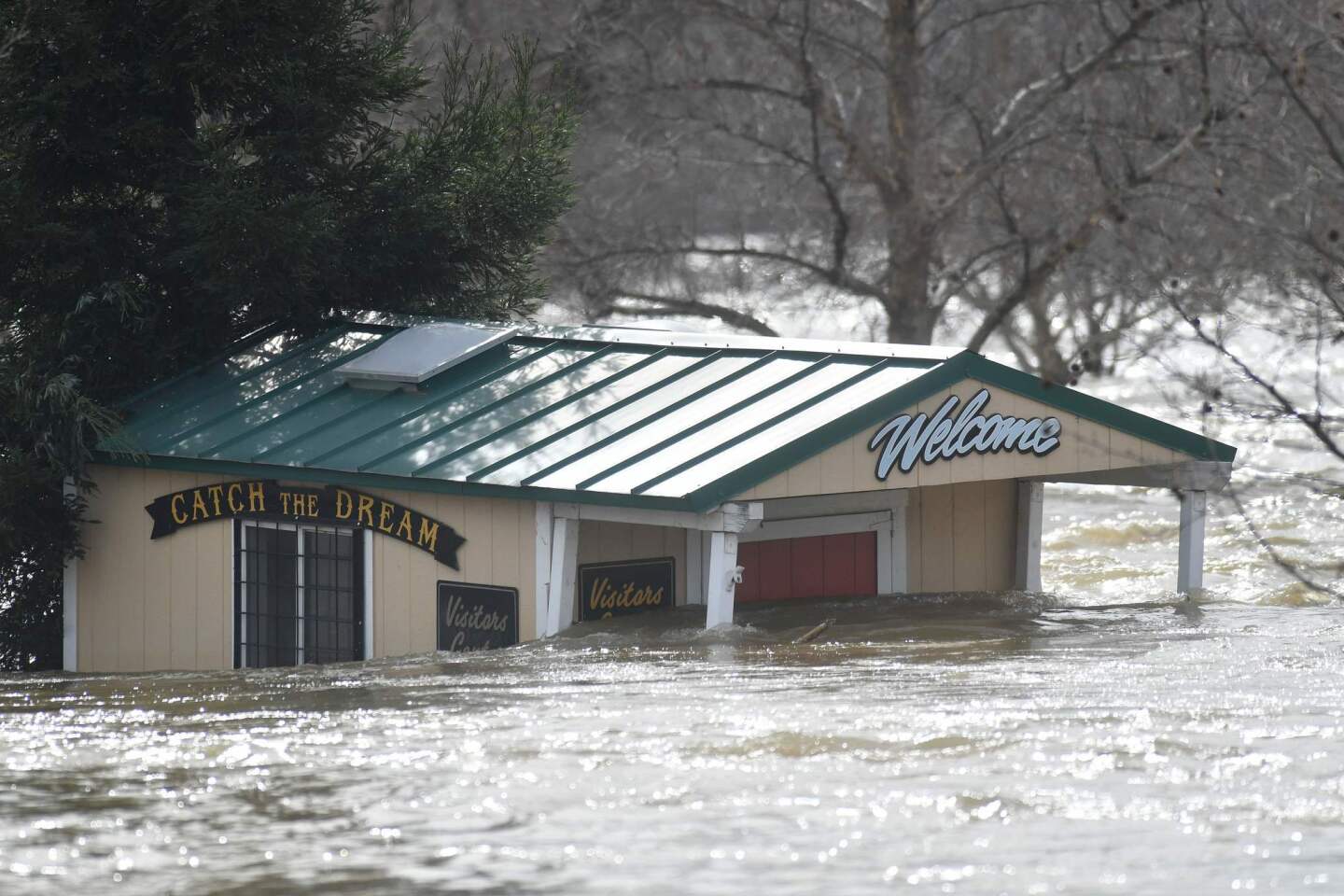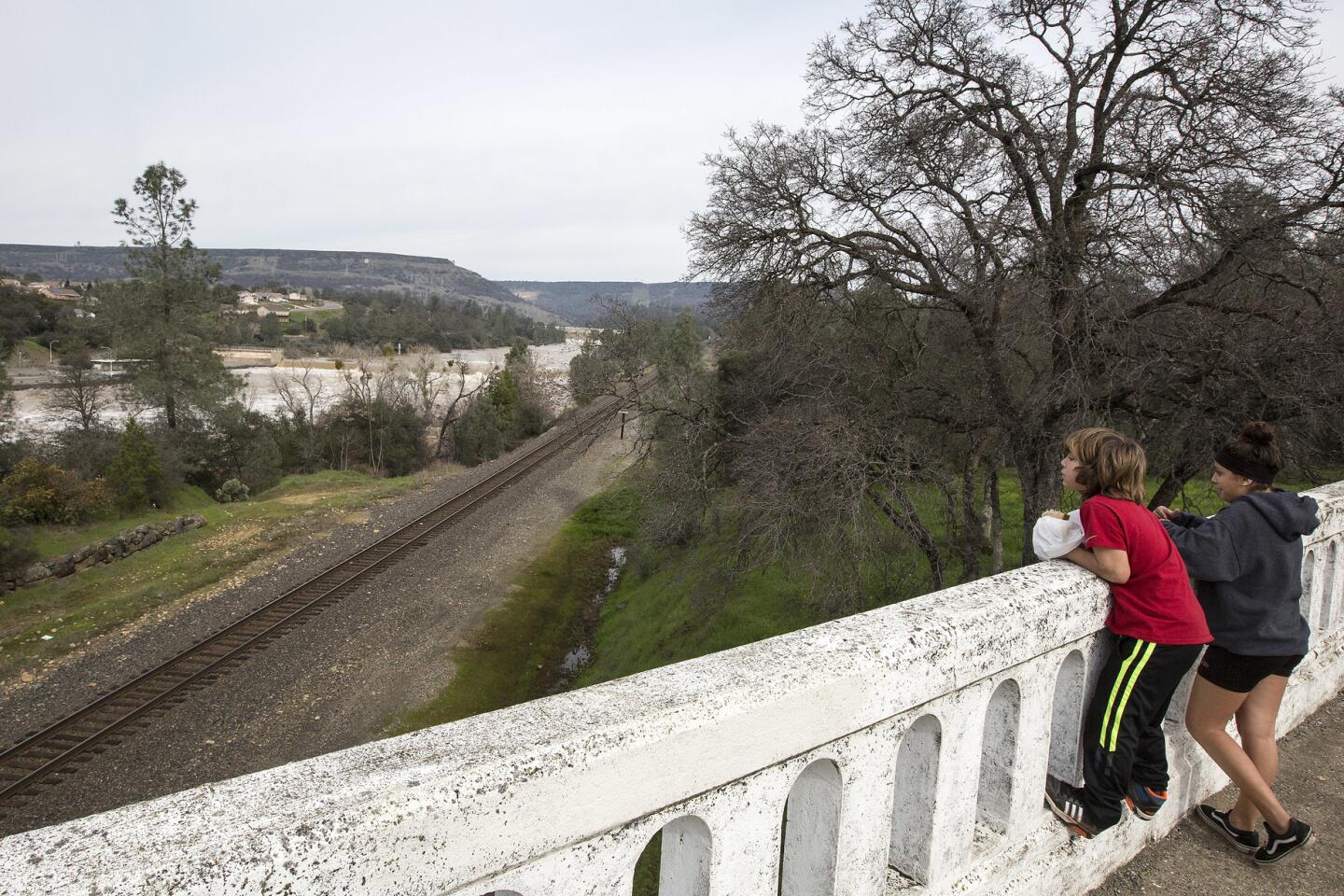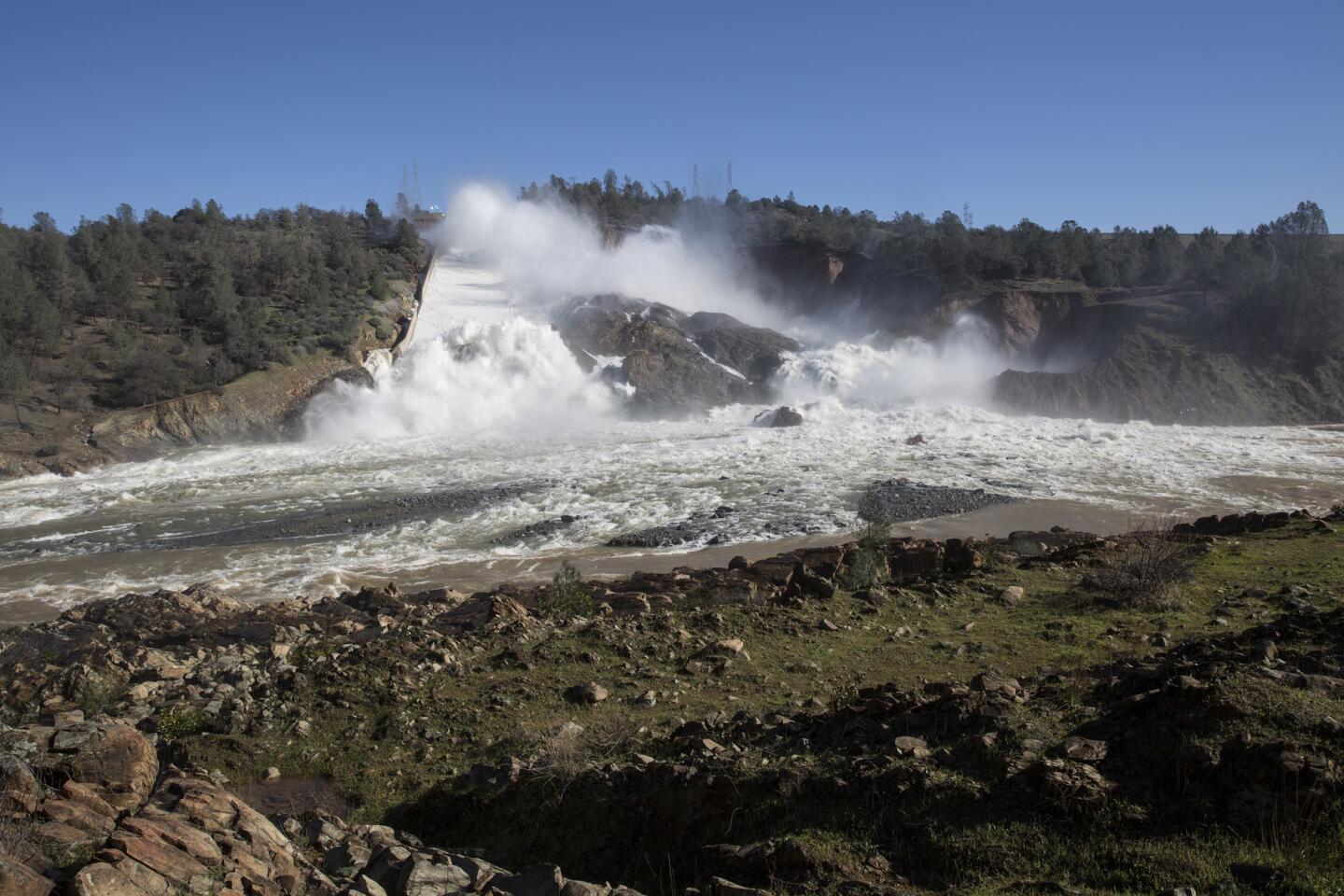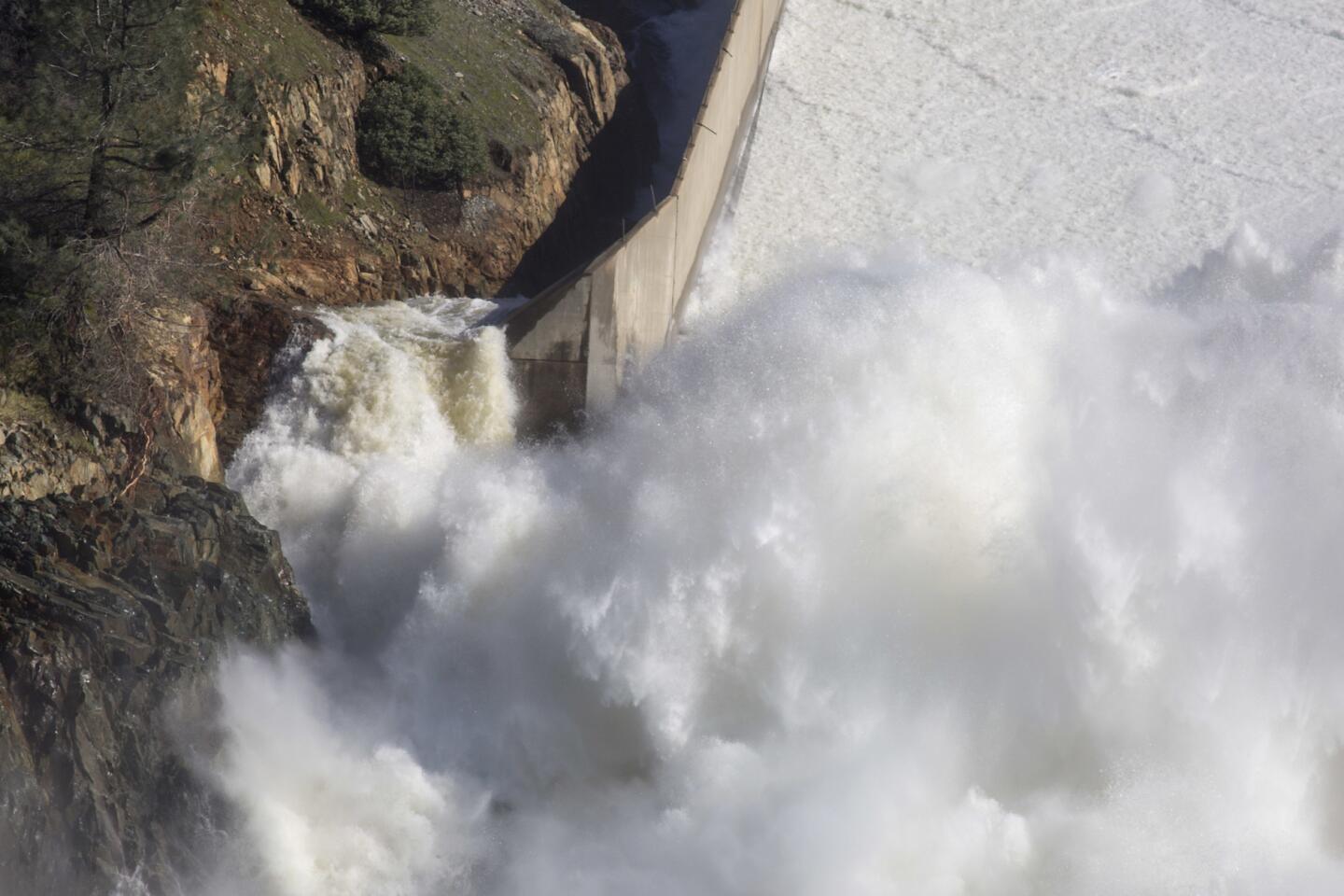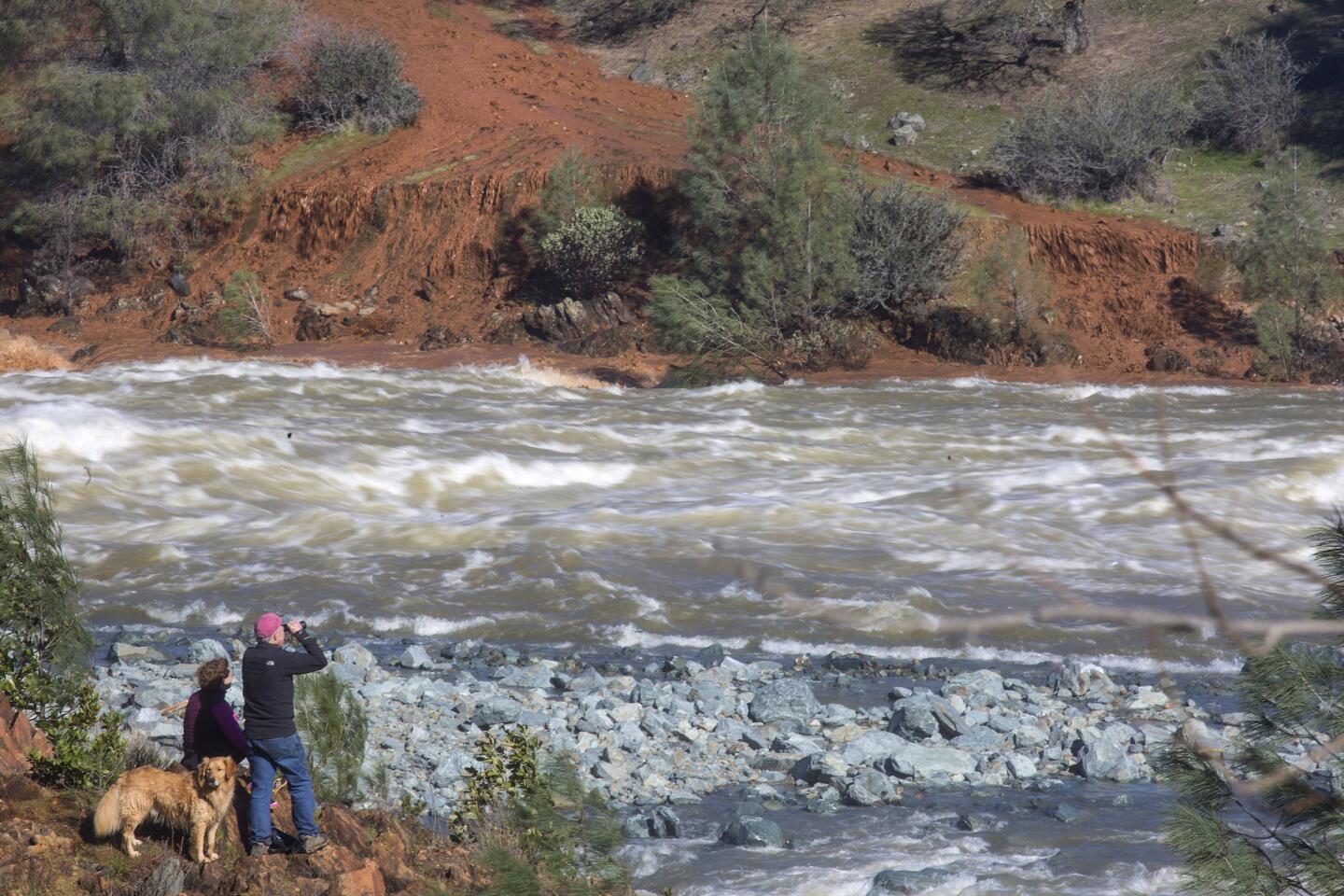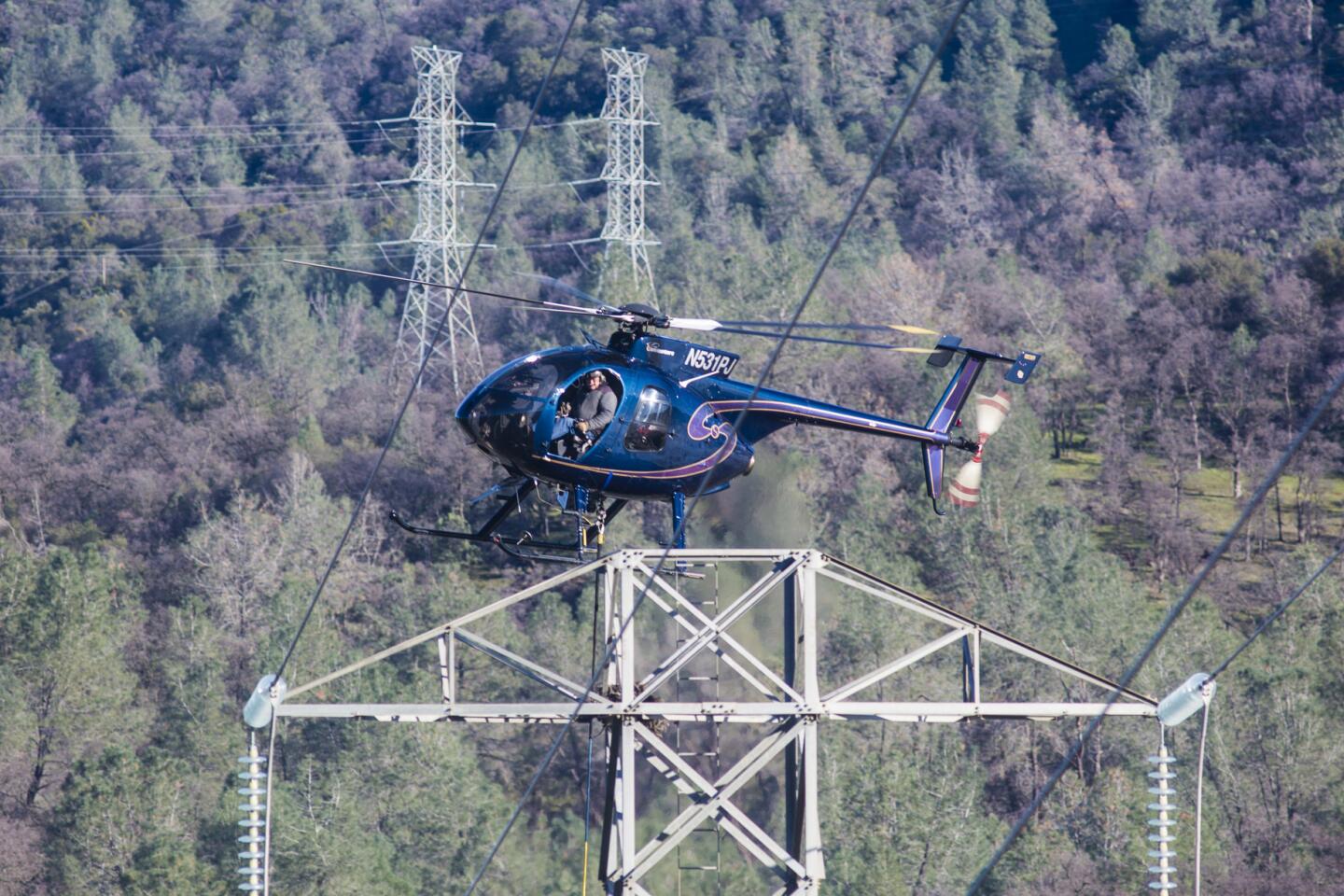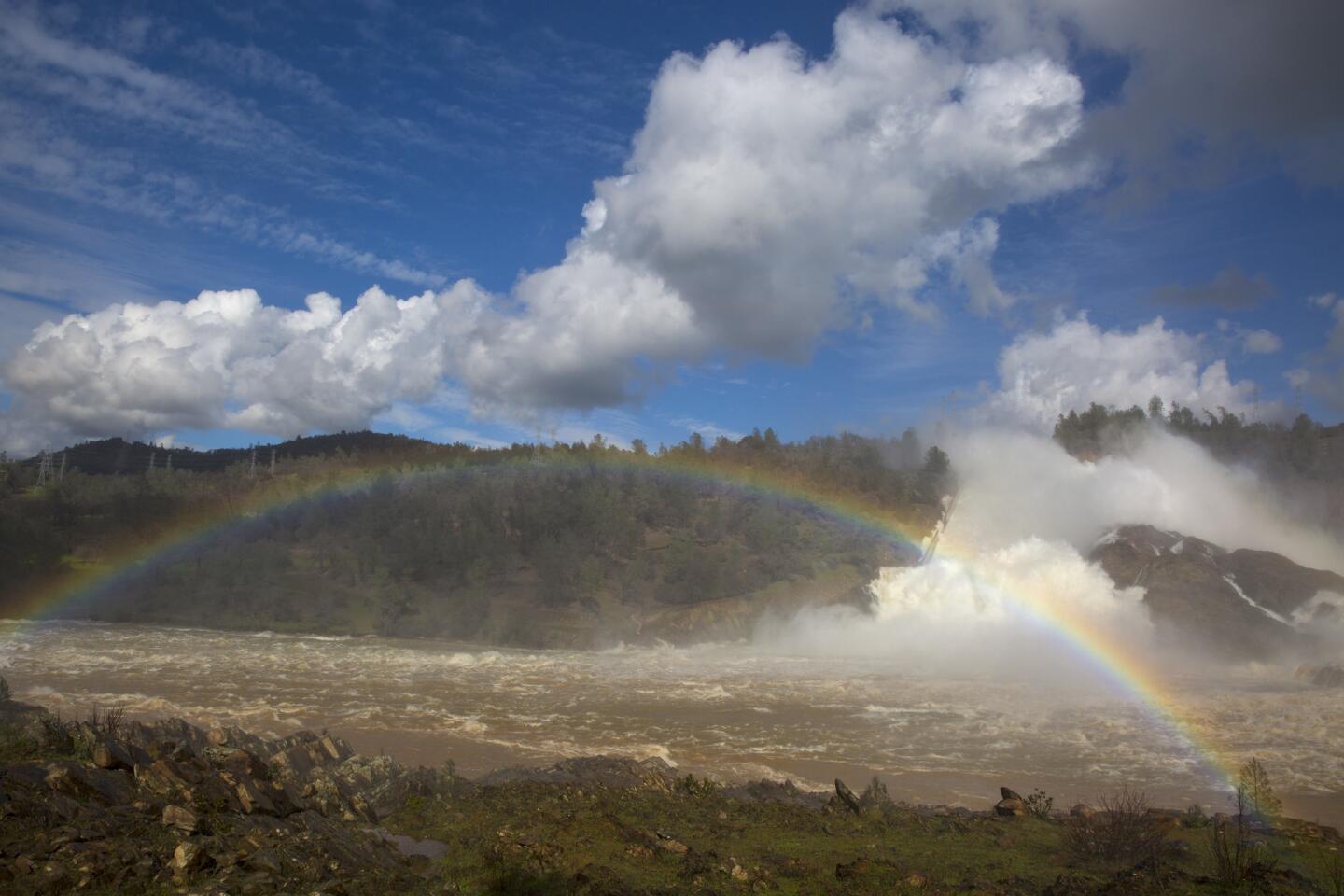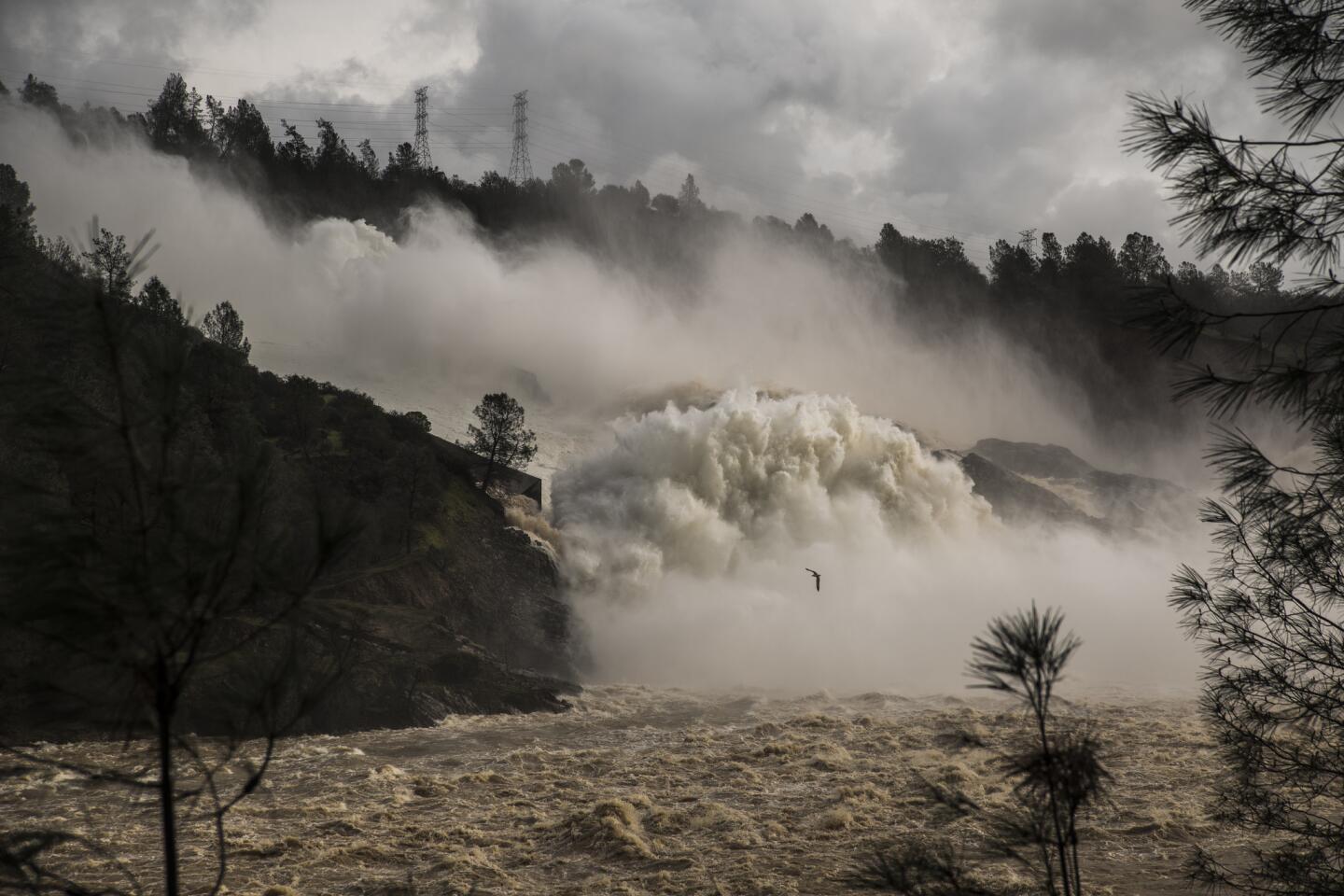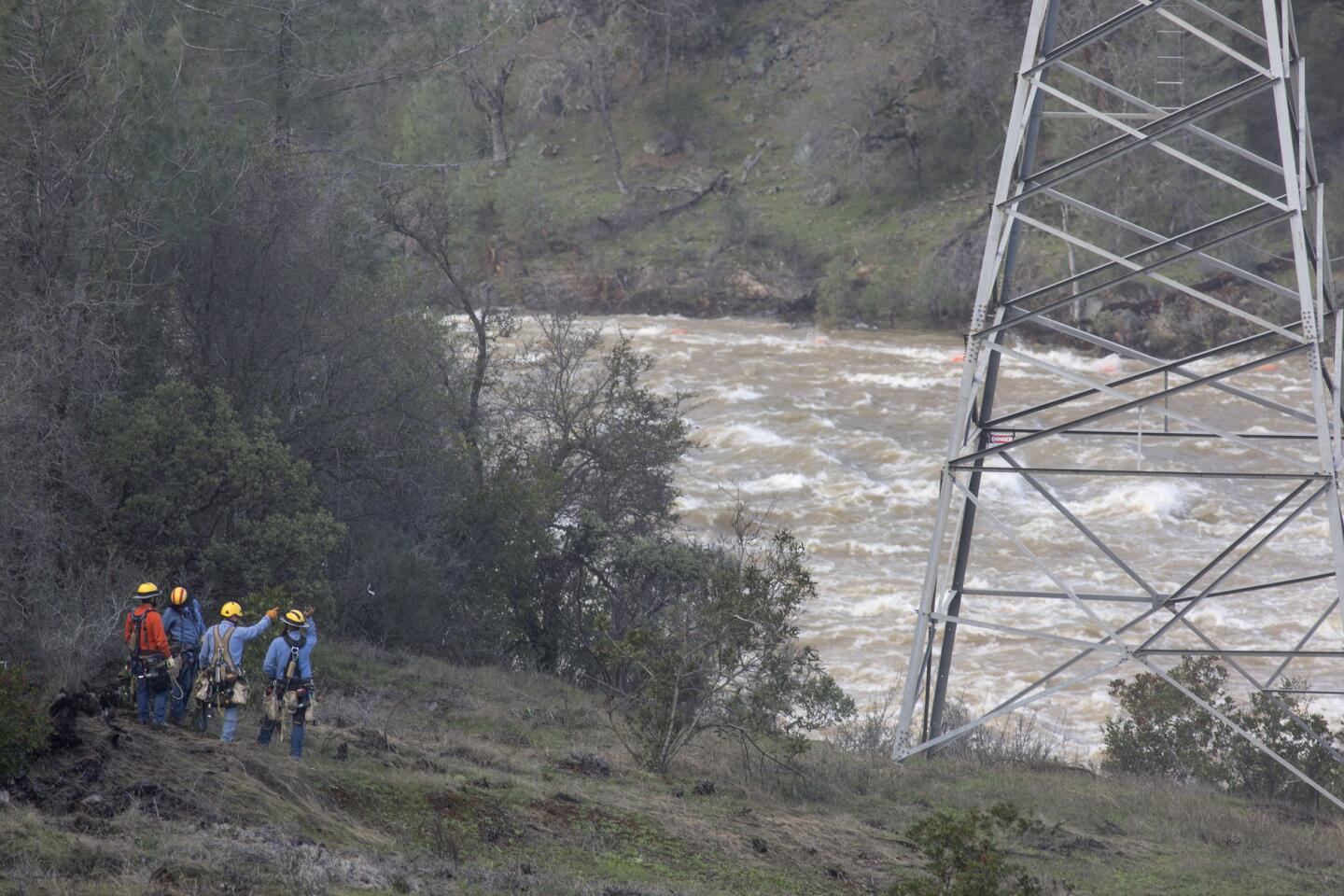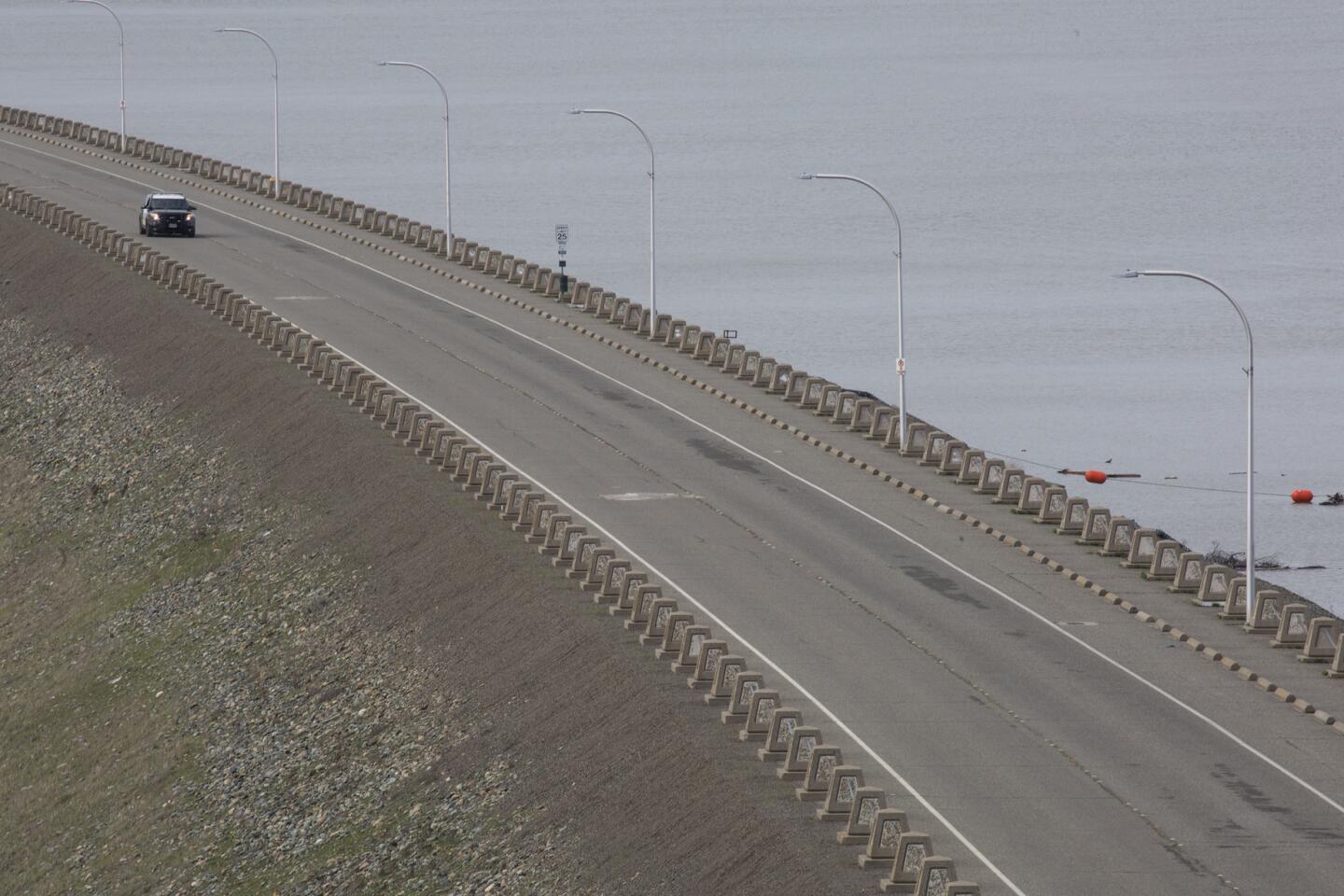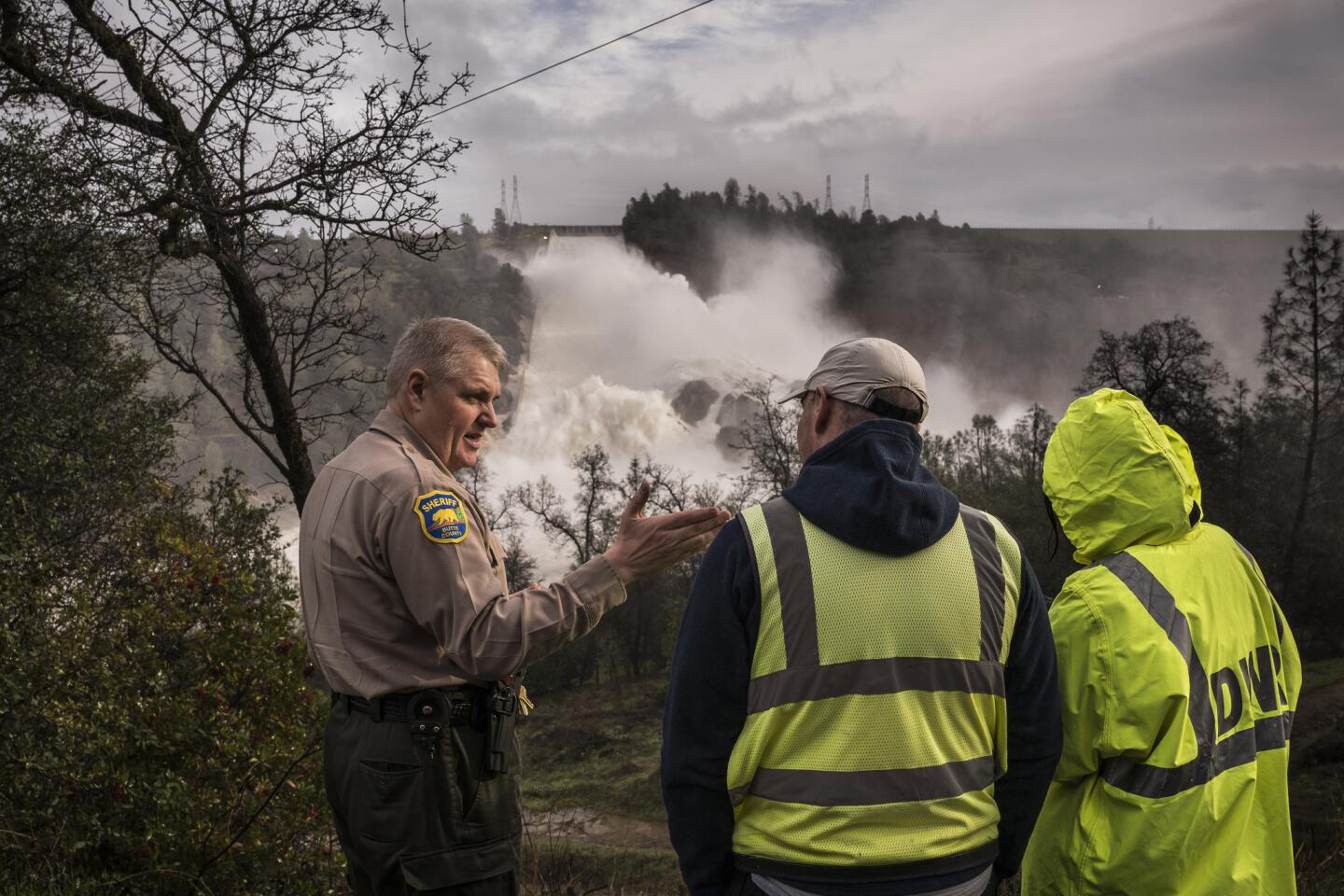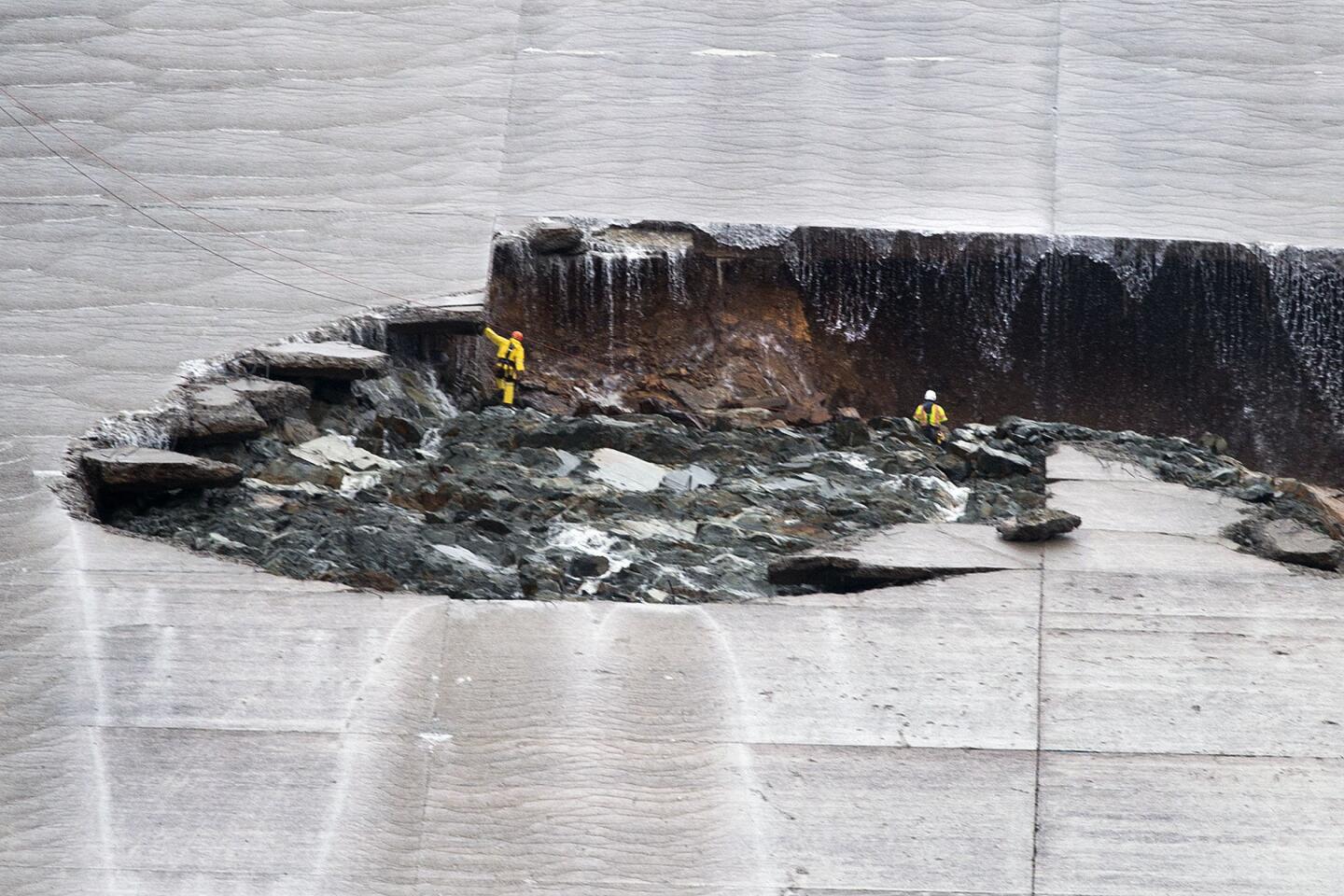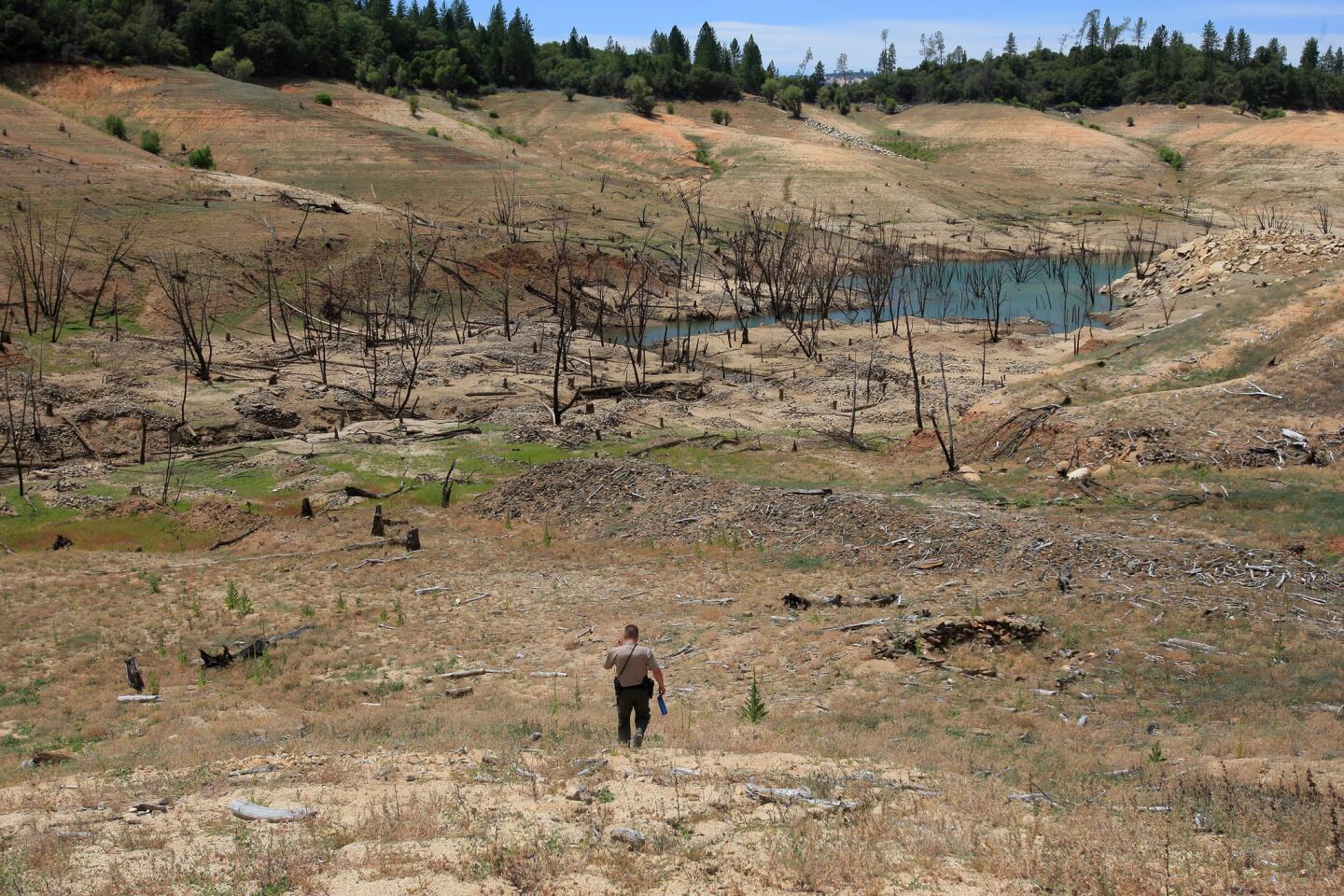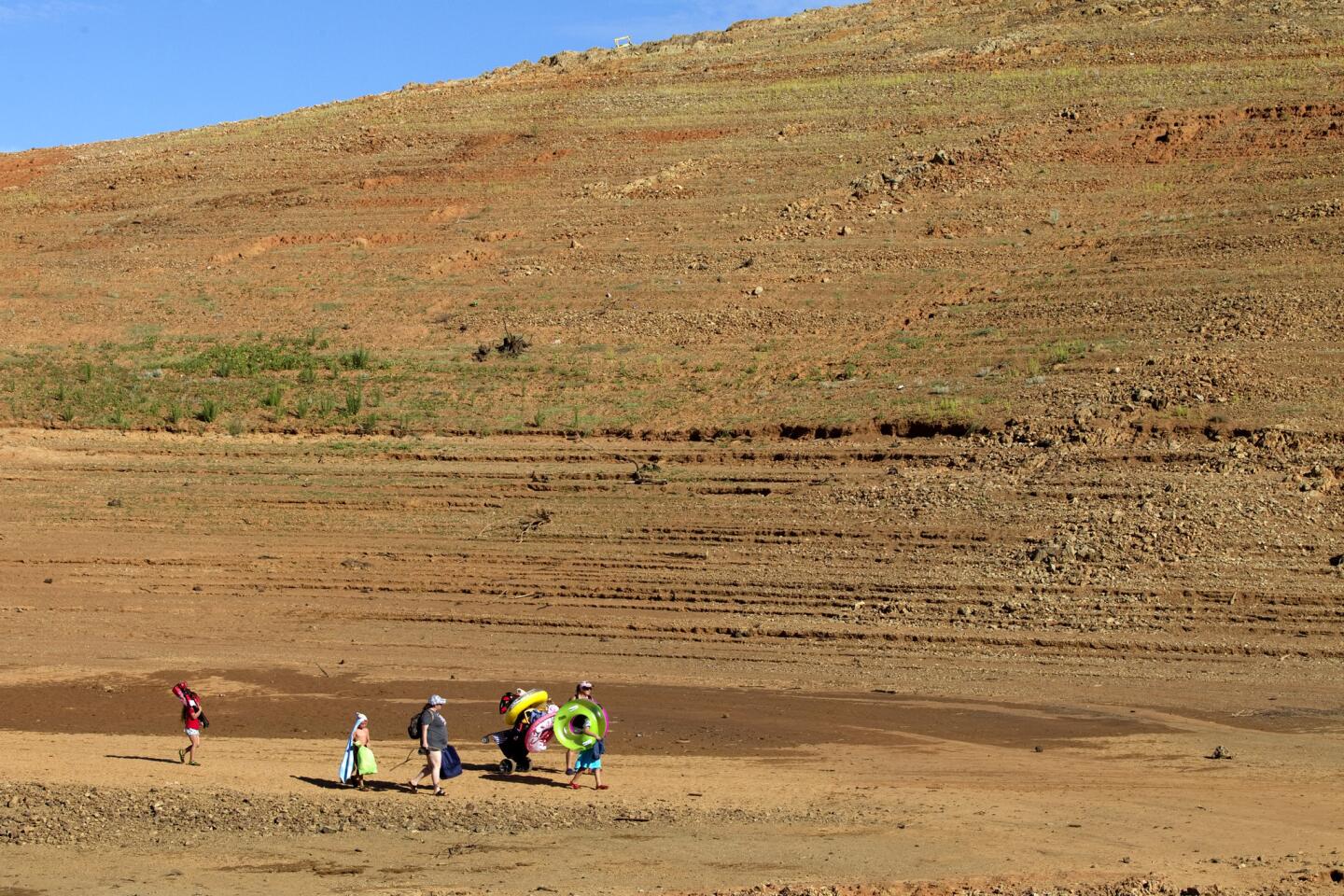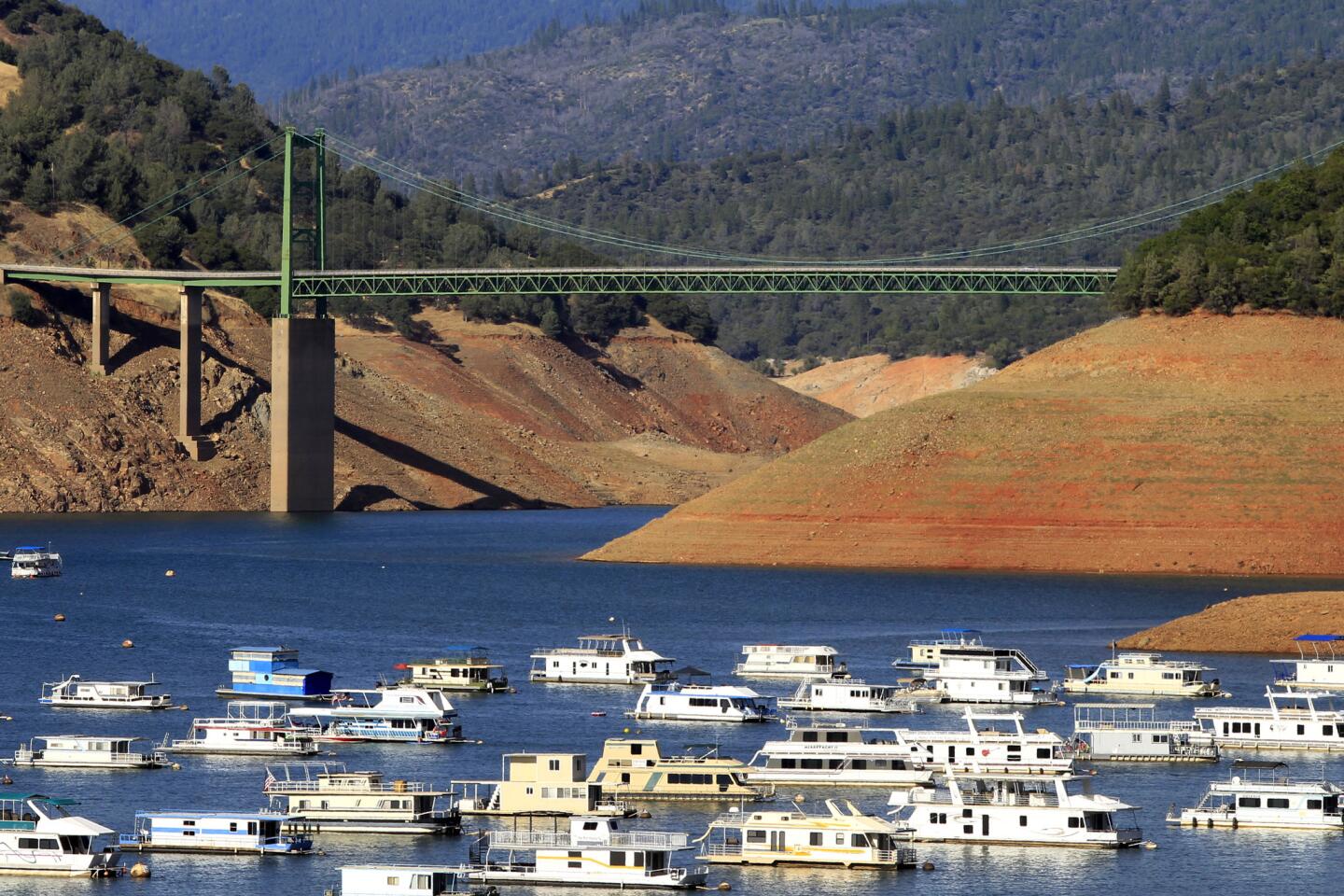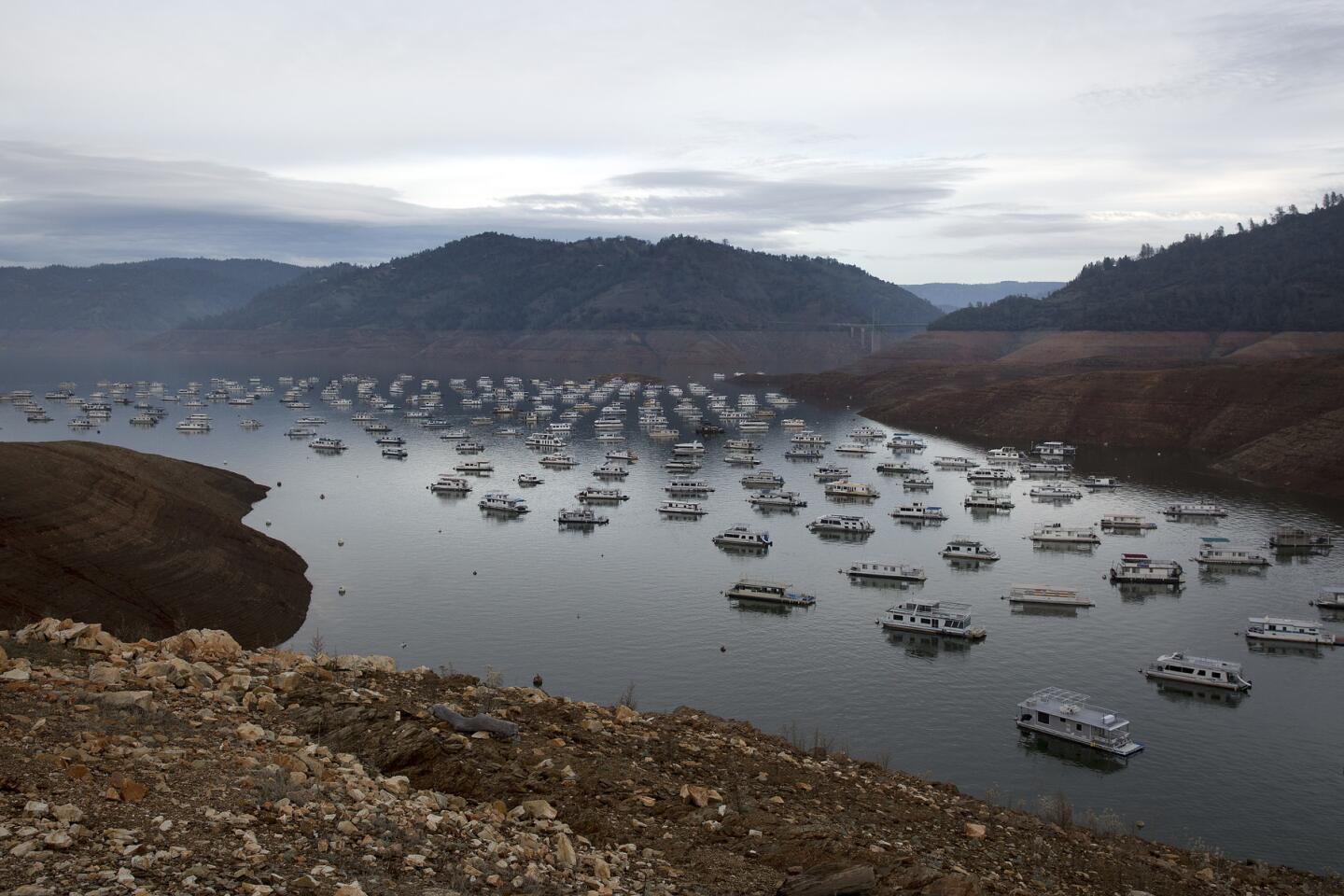Supervisors order inspections of L.A. County dams in wake of Oroville crisis
- Share via
The Los Angeles County Board of Supervisors has ordered inspections of all county dams, spillways and other flood control infrastructure, prompted by the emergency at Lake Oroville in Northern California over the past week, when failures of two spillways used to lower the lake’s water level prompted mandatory evacuations.
Supervisor Kathryn Barger called for the inspections on Tuesday, and her motion was unanimously approved by the board.
The supervisors have asked the county’s Department of Public Works to provide a report on the condition of the dams within 30 days and to develop a list of priority flood-control infrastructure projects that need to be completed.
“The Oroville situation reminds us of the need to proactively evaluate our county’s risk with regard to dams and other facilities which may be prone to failure from storms, earthquakes or other foreseeable events,” Barger said in a statement.
The county operates 14 dams and reservoirs. Thirteen of those are in Barger’s district, which includes much of the San Gabriel Valley, foothill communities of the San Fernando Valley and the Antelope Valley.
Many of the county’s dams and related structures were built in the 1920s and ‘30s, said Tony Bell, Barger’s spokesman. The county flood control district encompasses more than 3,000 square miles and includes 500 miles of open channel, 2,800 miles of underground storm drain and an estimated 120,000 catch basins, according to the county.
The upcoming inspections will include debris basins that were overwhelmed by recent wildfires, Bell said. Inspectors will consider earthquake retrofitting issues with the flood control system and determine whether “this is the right time to seek federal assistance, before a problem happens,” Bell said.
L.A. County has experienced catastrophic dam collapses in the past.
In December 1963, the earthen edge of the Baldwin Hills Dam ruptured, sending a 50-foot wall of water cascading down Cloverdale Avenue. Five people were killed, 65 hillside homes were ripped apart, and more than 200 other homes and apartments were damaged.
As many as 600 people died when the St. Francis Dam, near present-day Santa Clarita, collapsed just before midnight on March 12, 1928. The catastrophe sent 12 billion gallons of water — carrying mud, boulders, trees and debris — crashing down San Francisquito Canyon.
Authorities on Tuesday lifted mandatory evacuation orders for more than 100,000 people in communities below the imperiled Oroville reservoir amid a lessened flood risk, but emphasized that an incoming storm system means that the danger is not over and residents may have to flee again.
Twitter: @haileybranson
ALSO
Updates: Hundreds of workers rush repairs at Oroville Dam as storm approaches
L.A. area braces for what could be biggest storm of the season; flooding, mudslides possible
Trump approves FEMA disaster declaration for 34 California counties hit by storms
More to Read
Sign up for Essential California
The most important California stories and recommendations in your inbox every morning.
You may occasionally receive promotional content from the Los Angeles Times.
